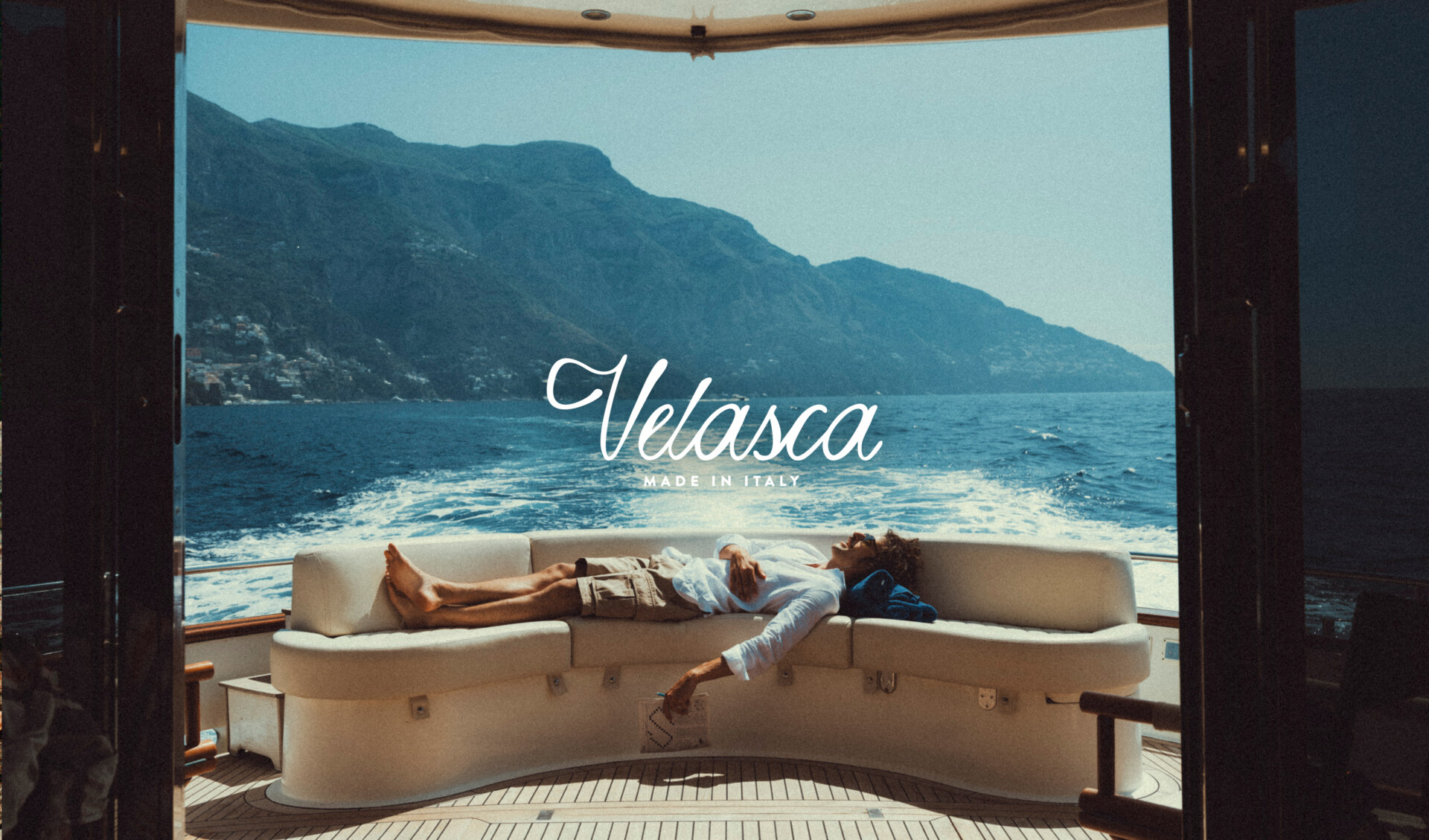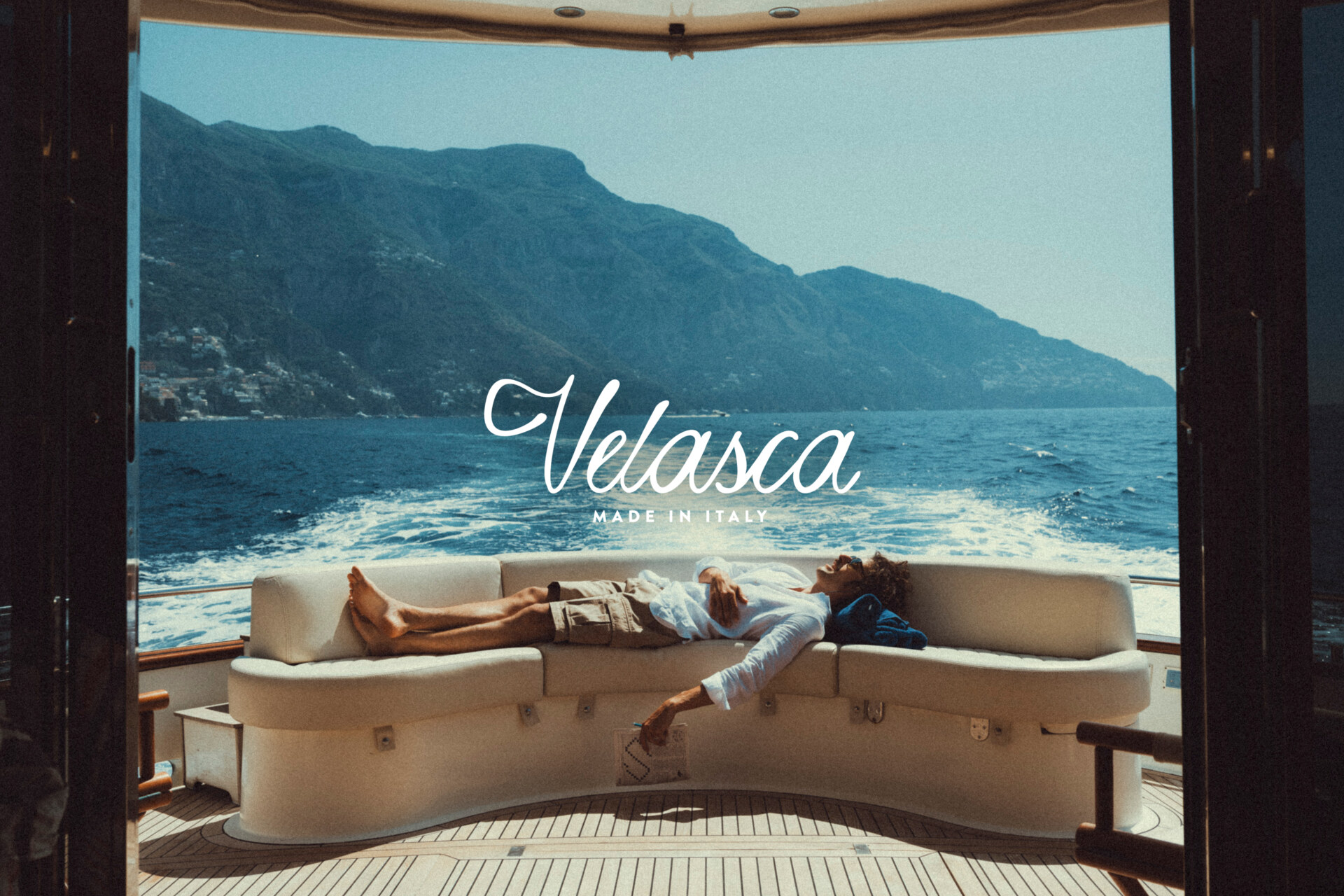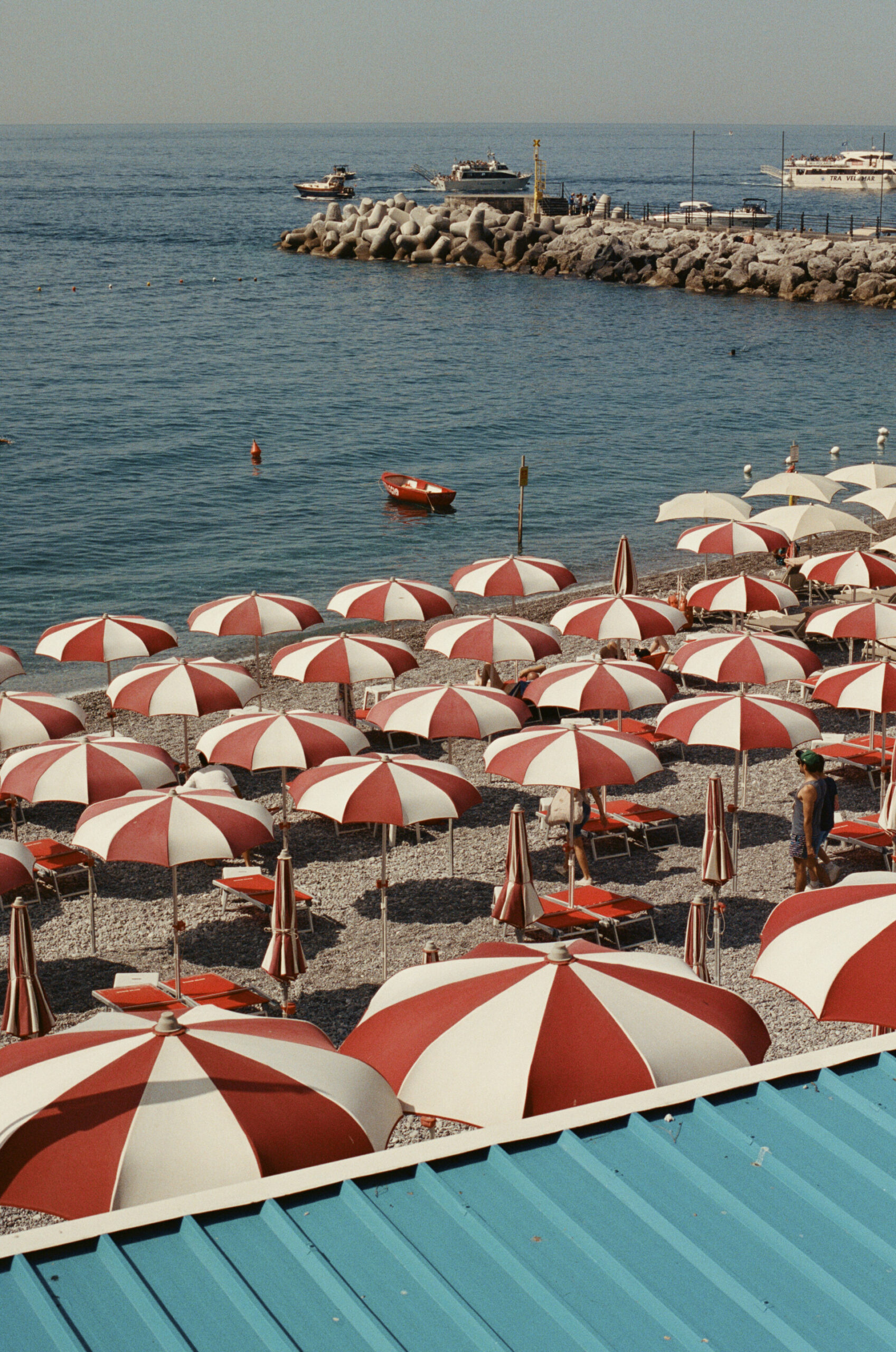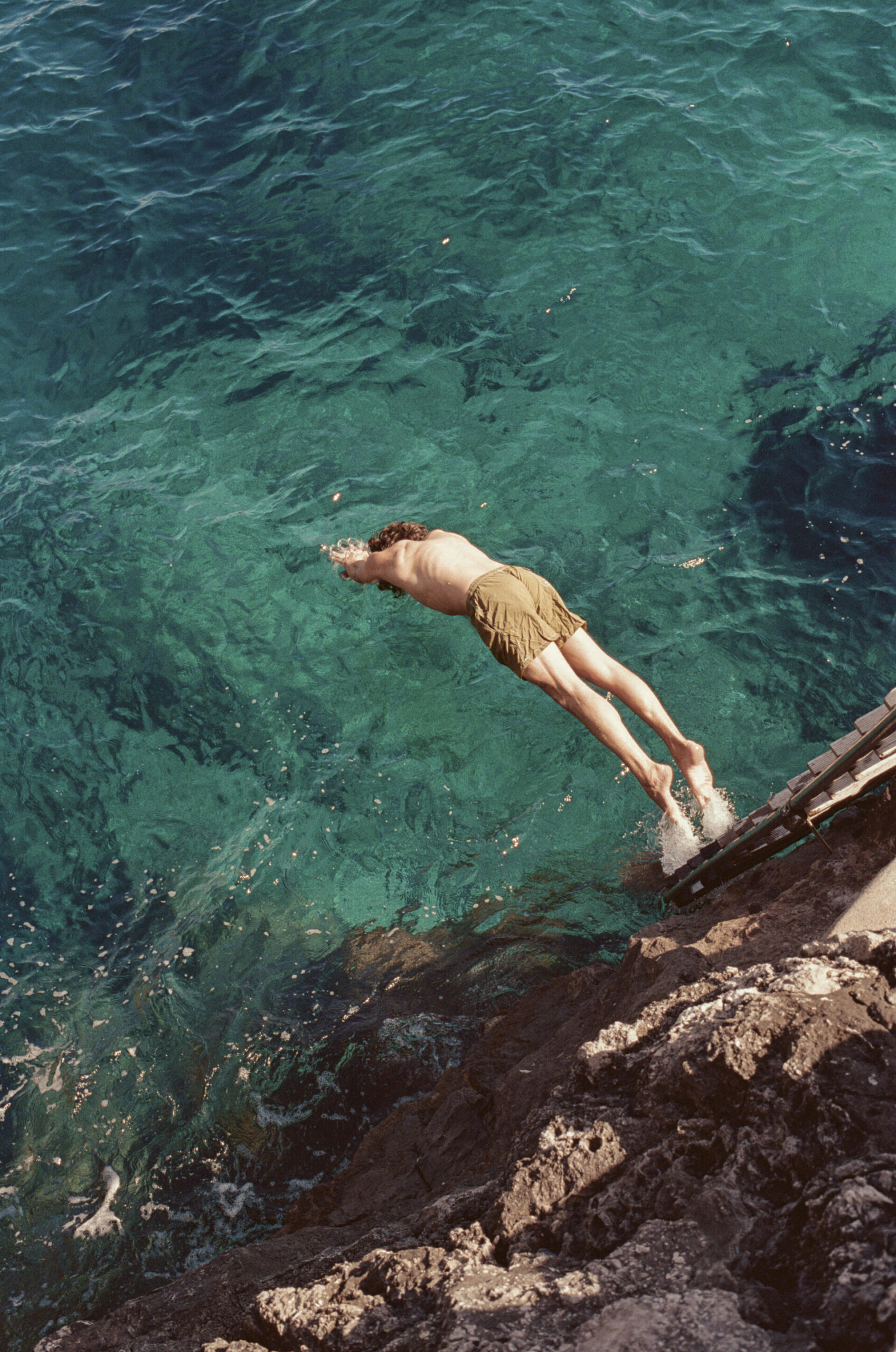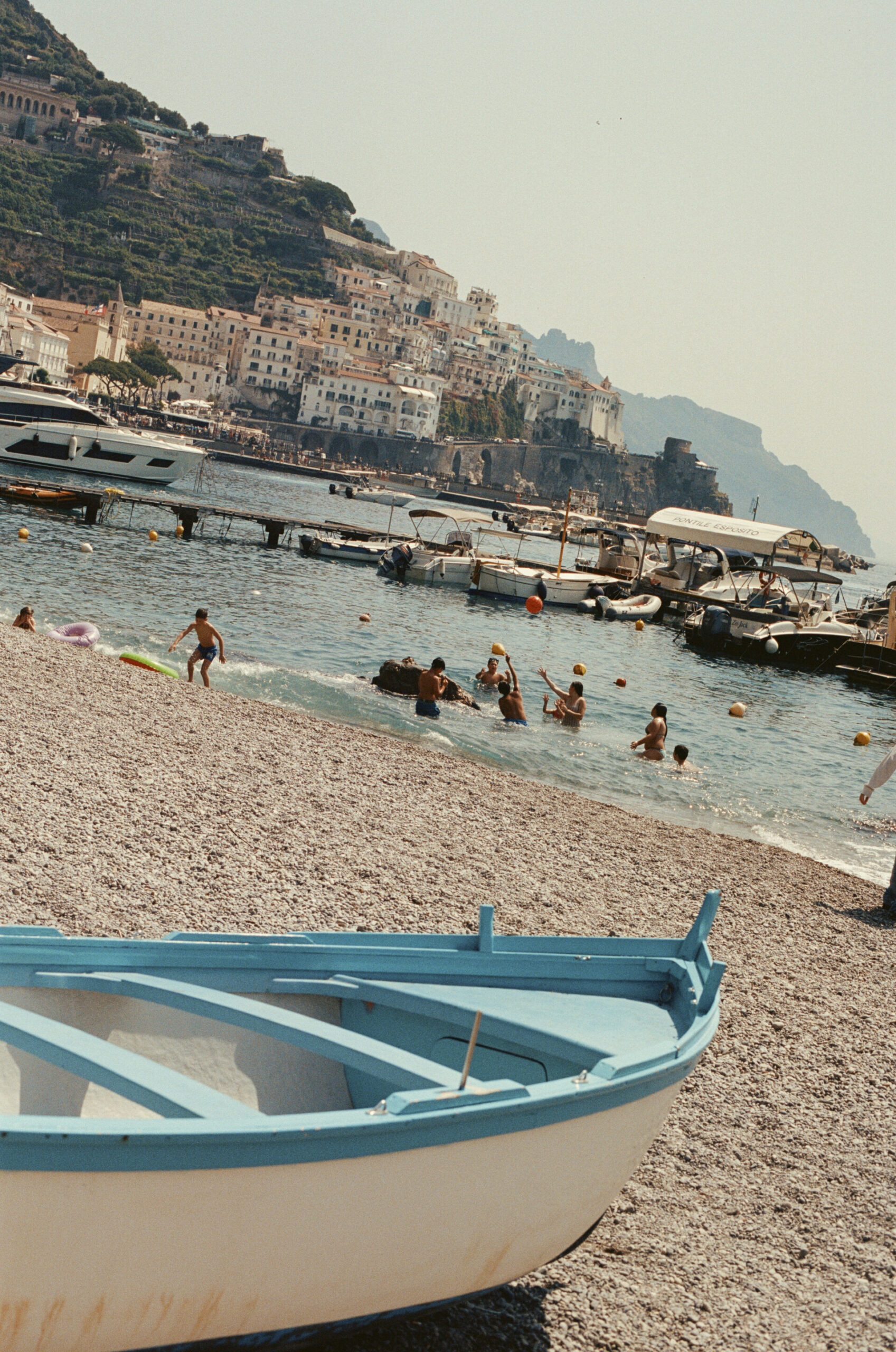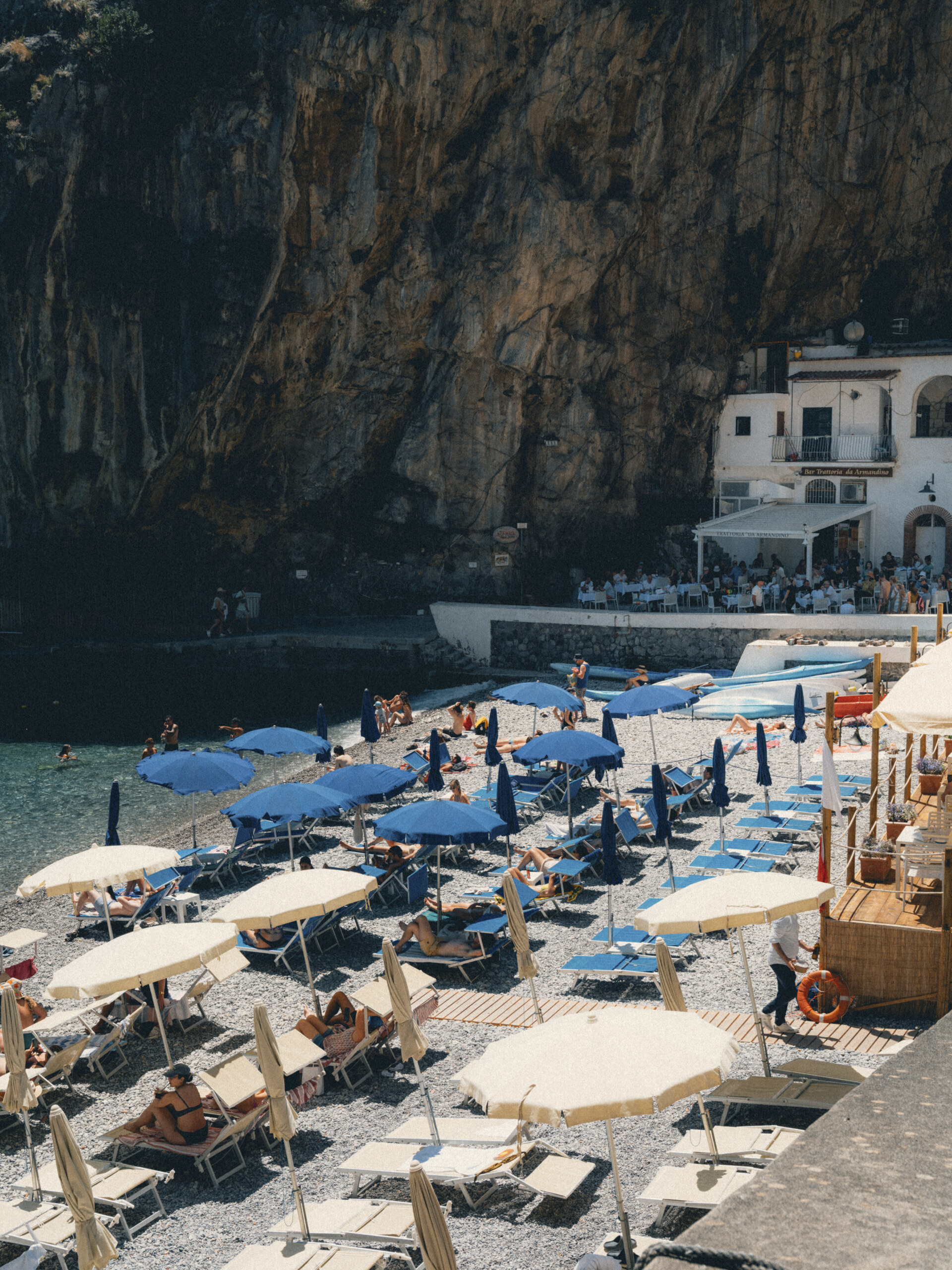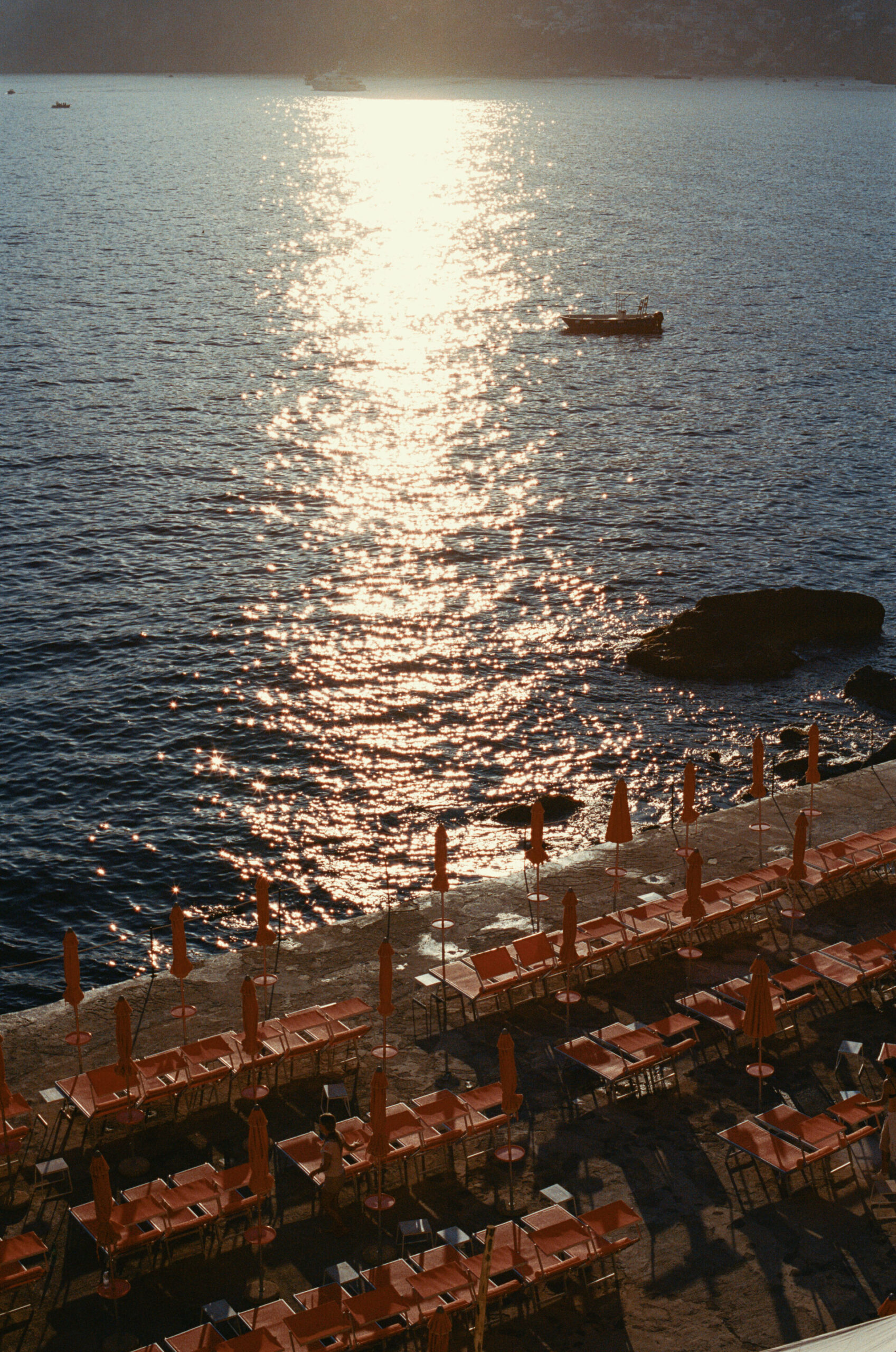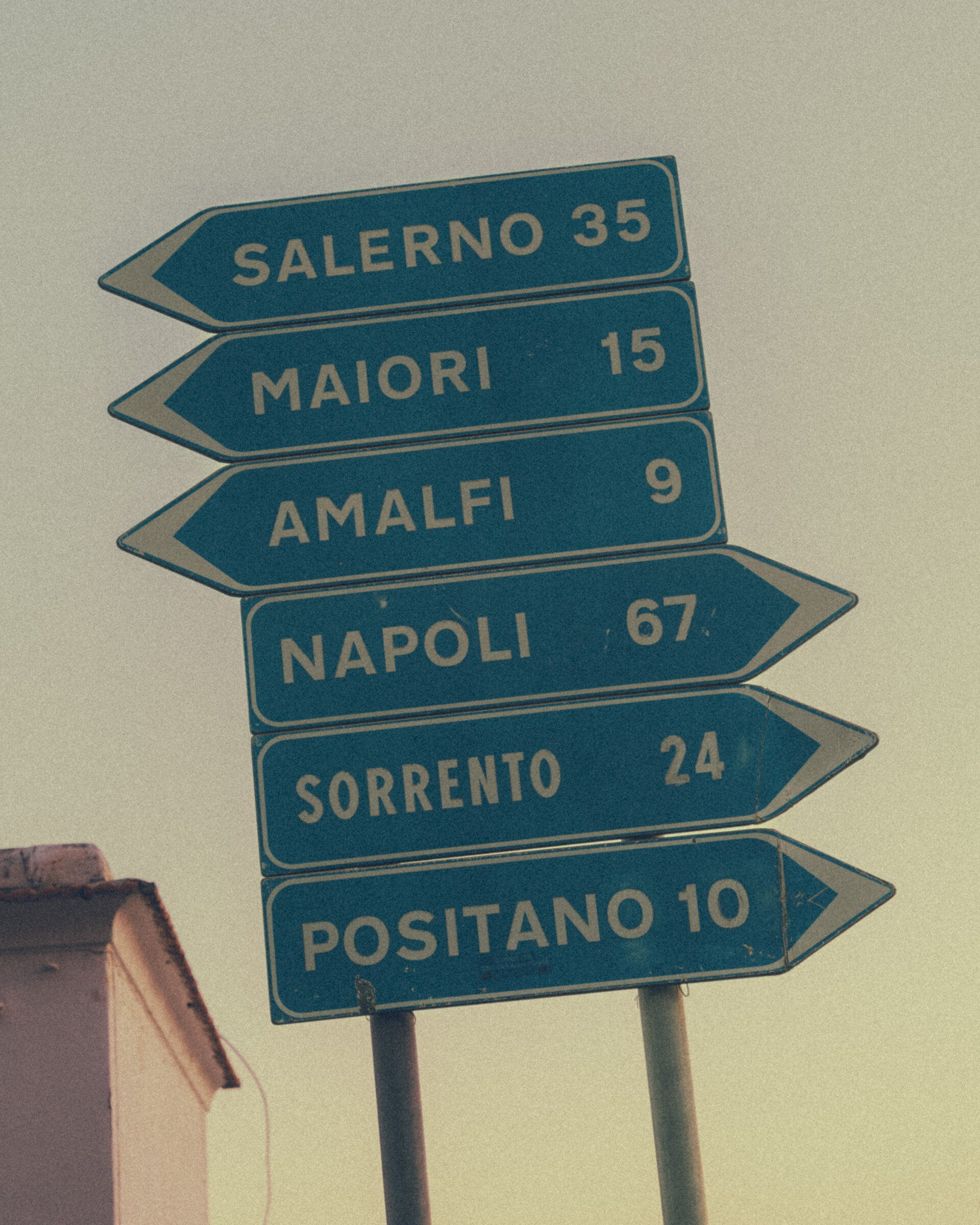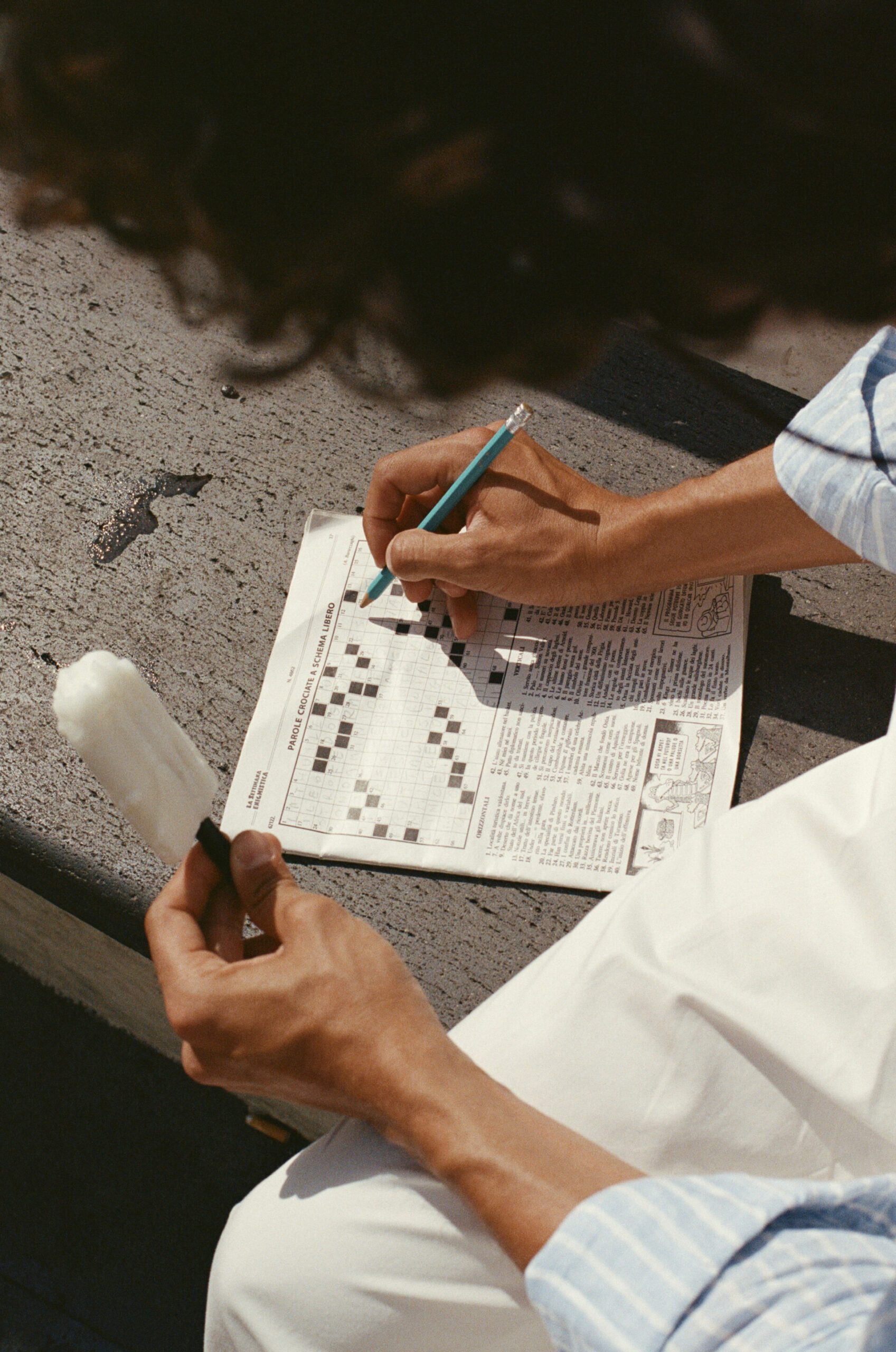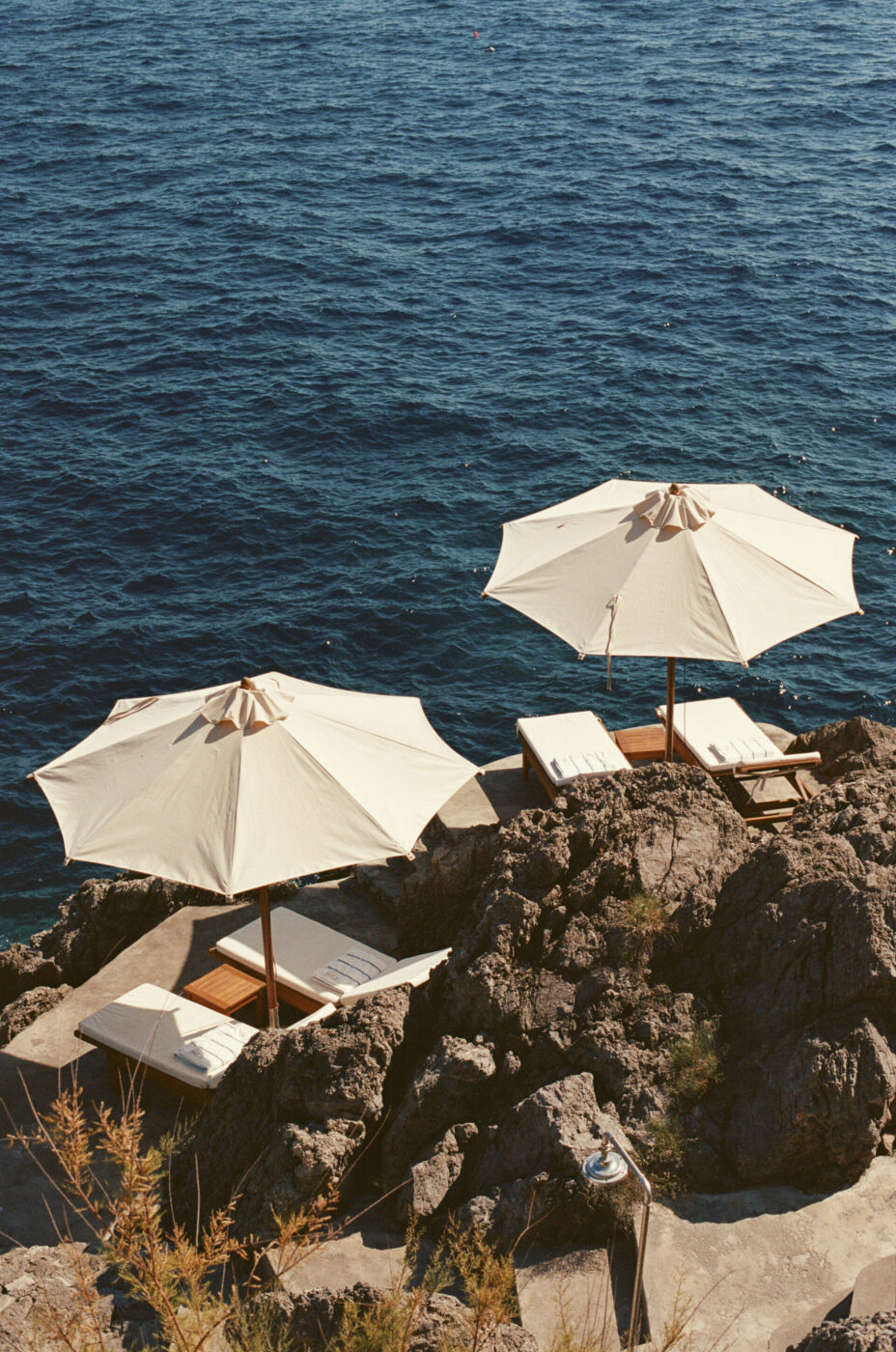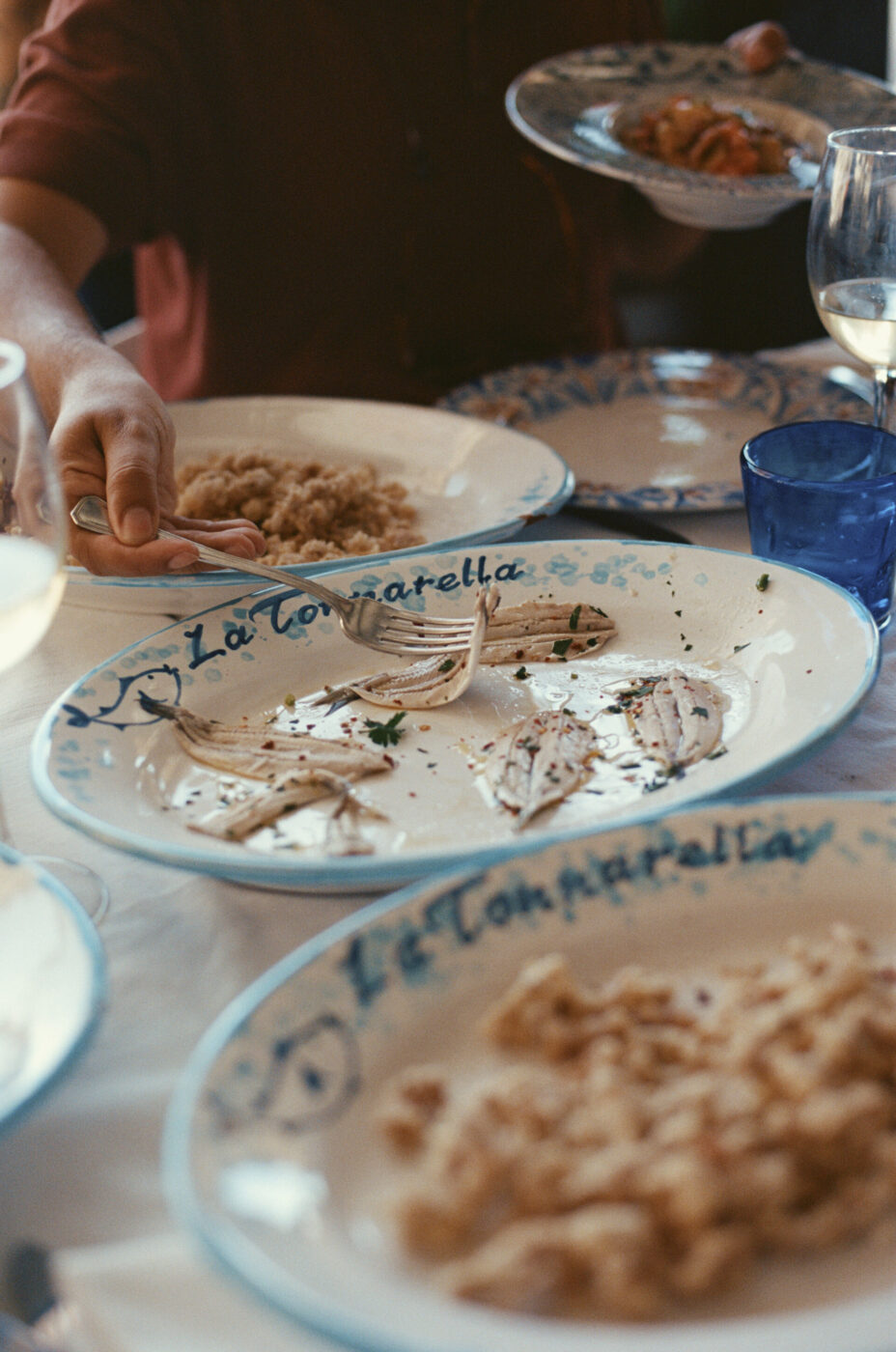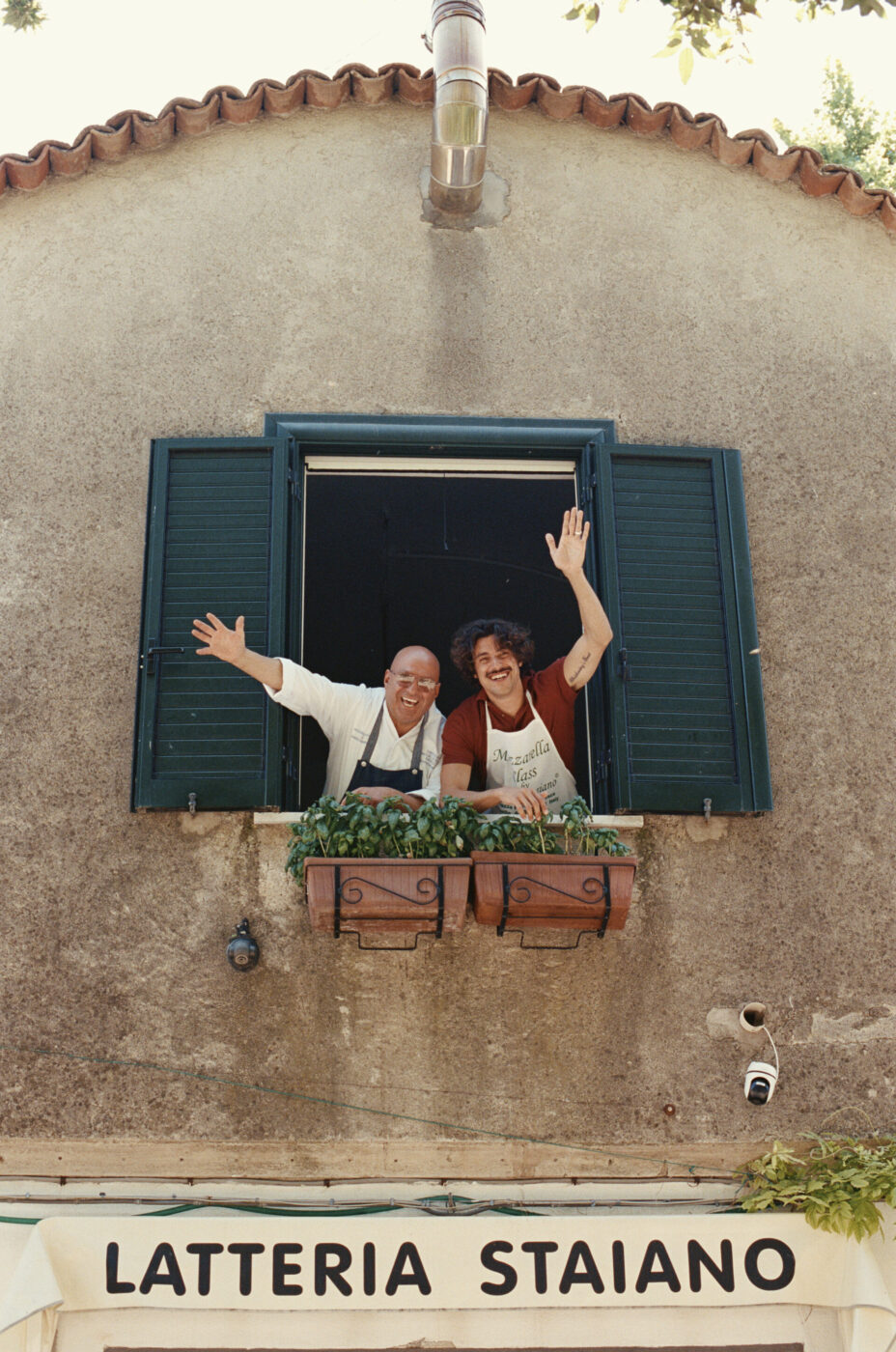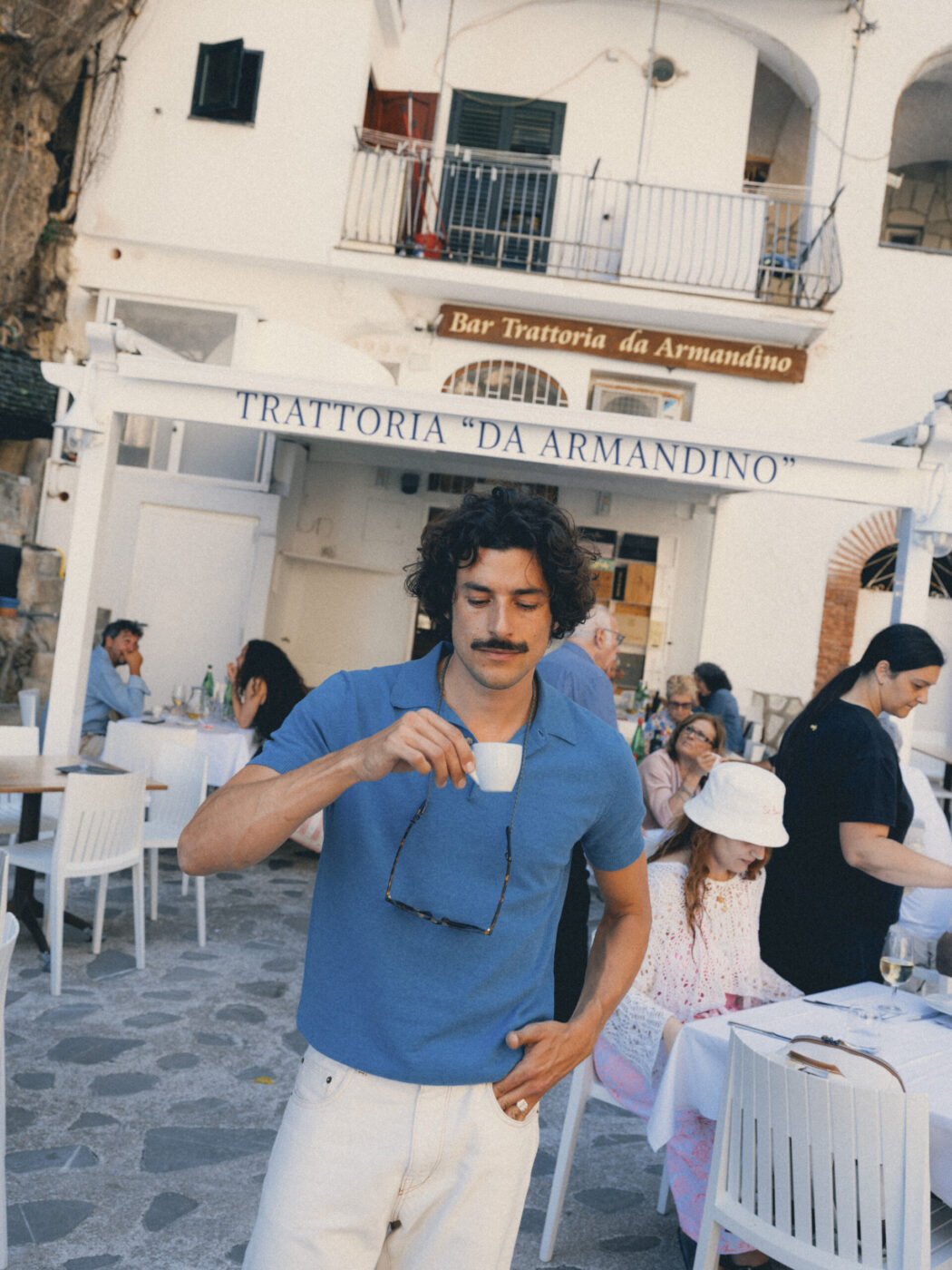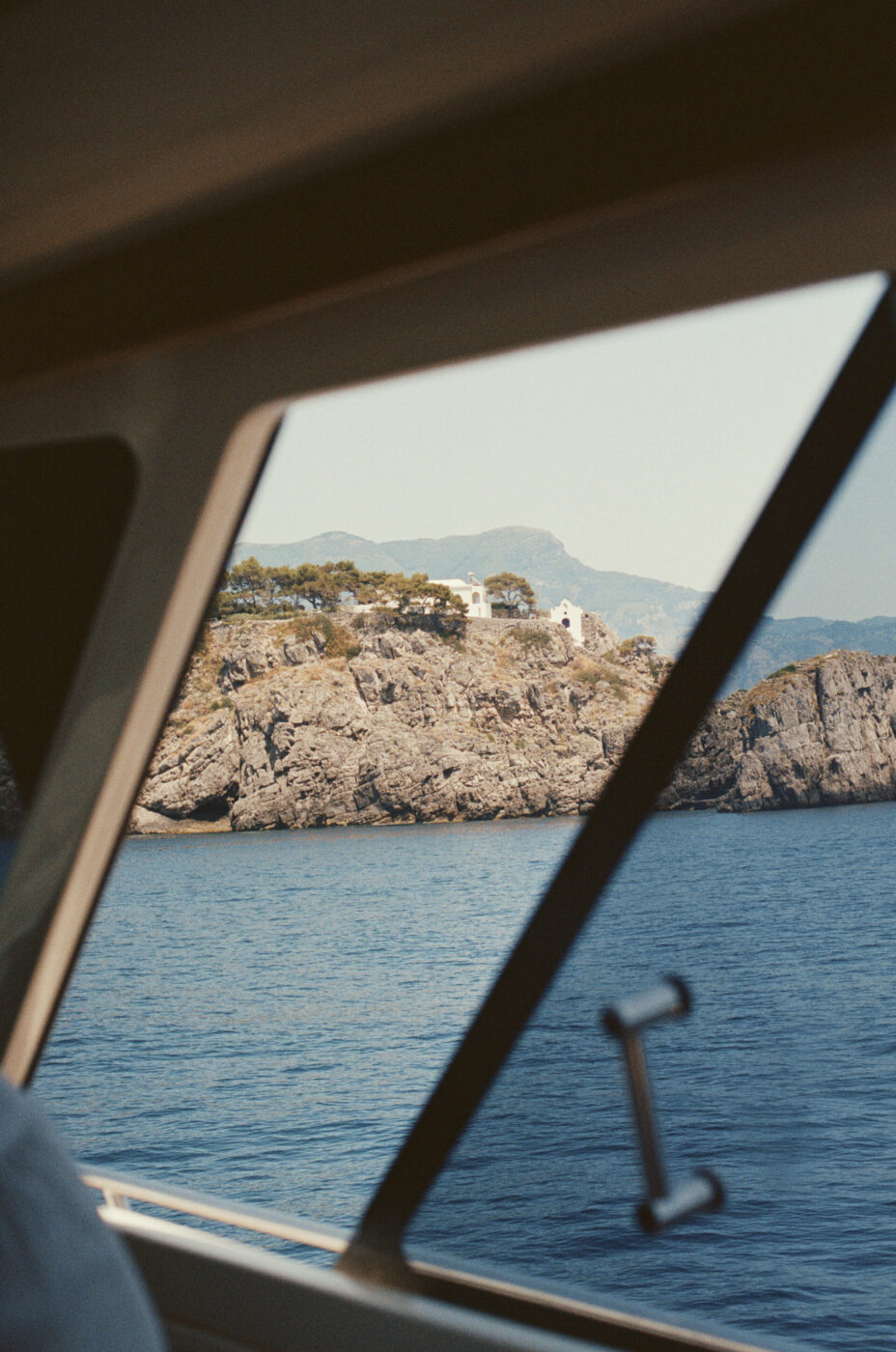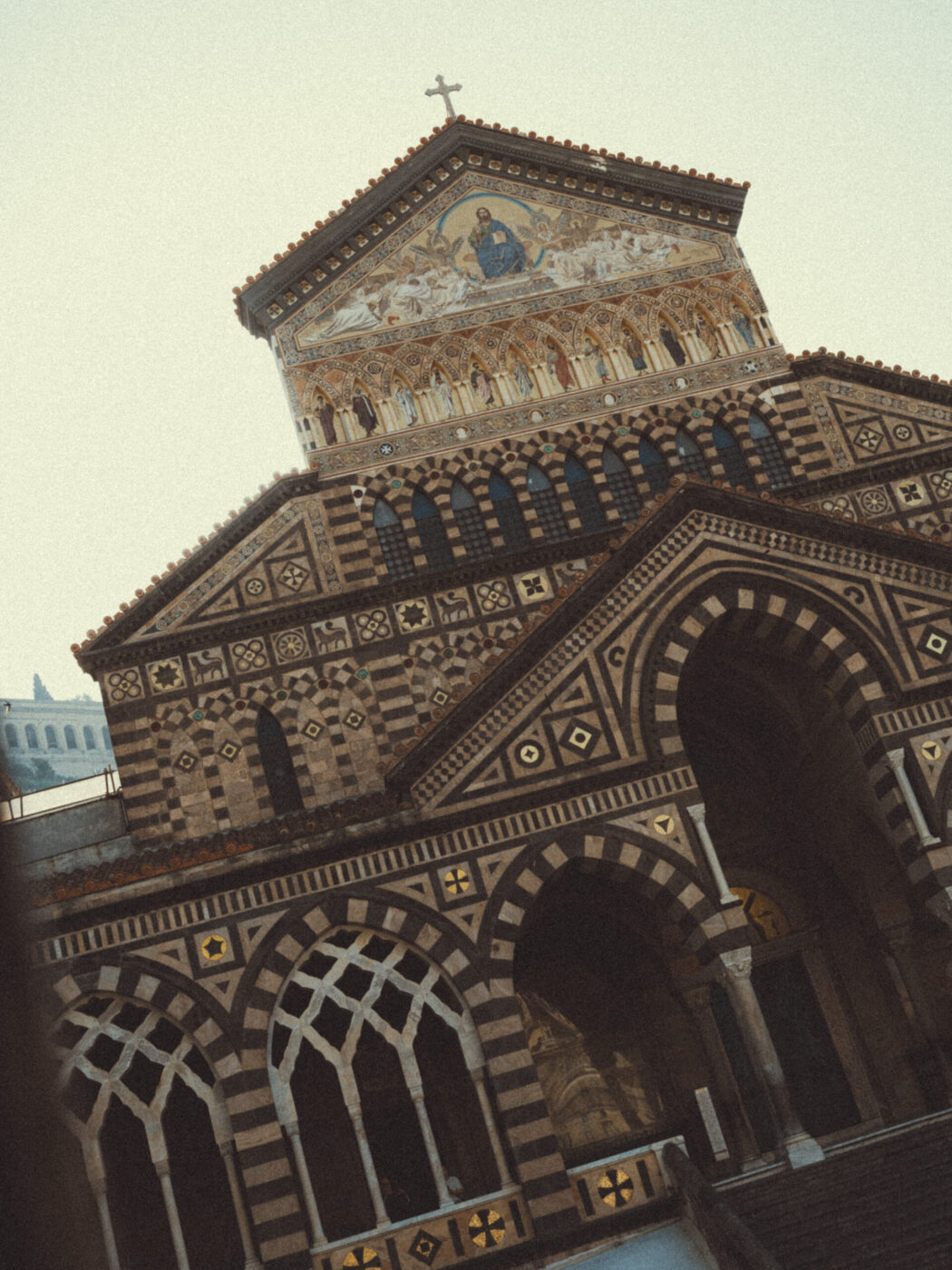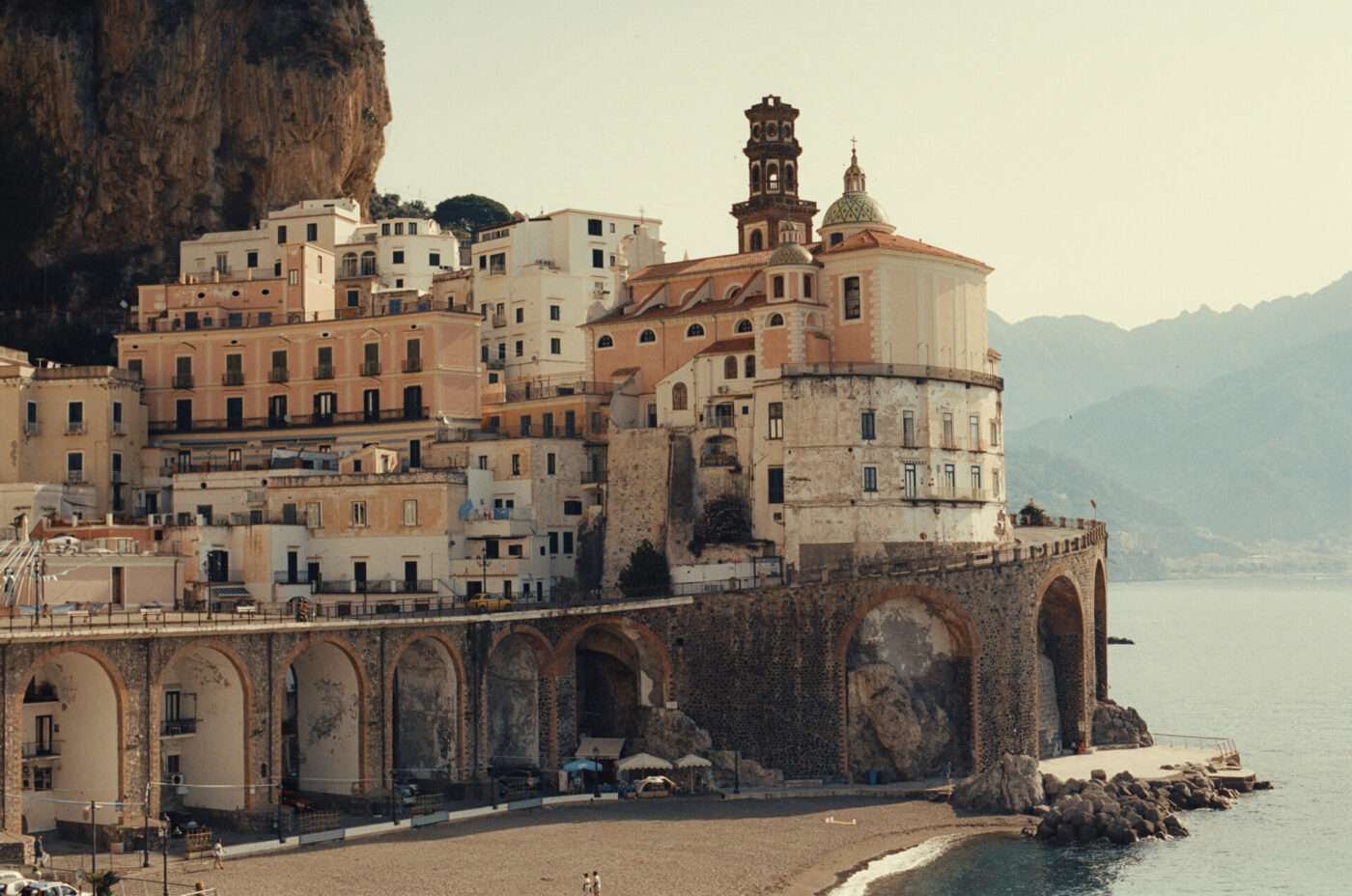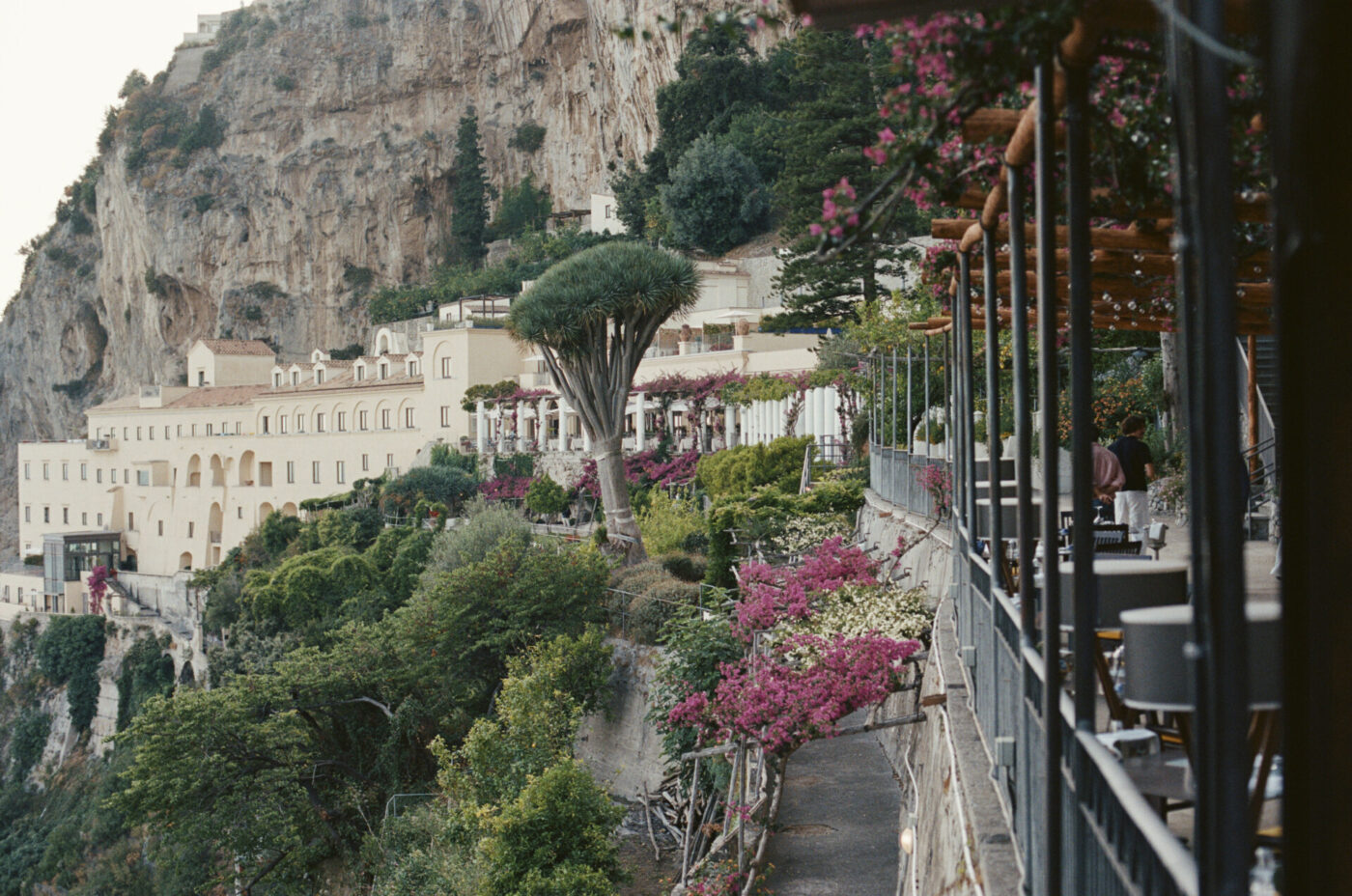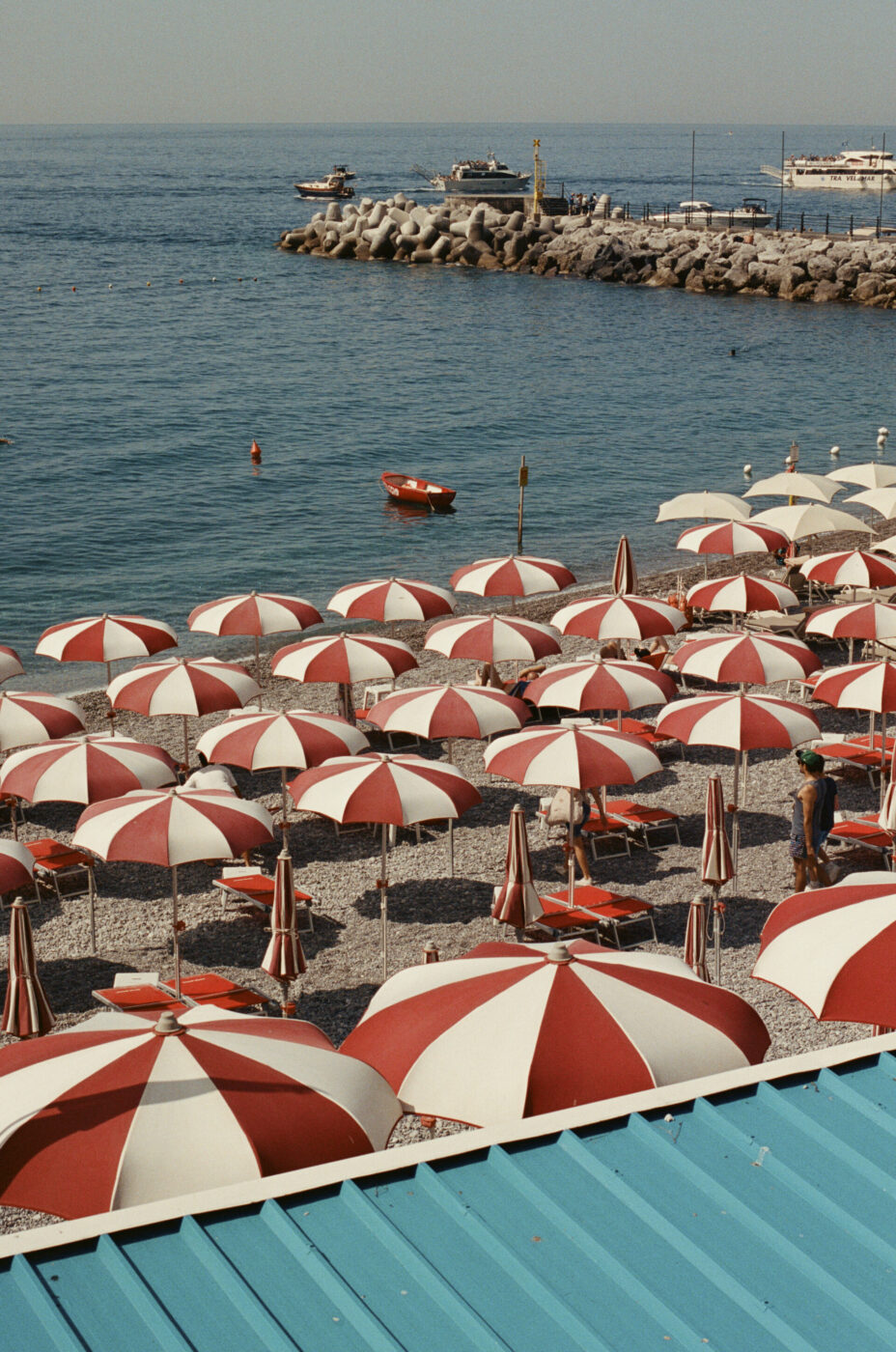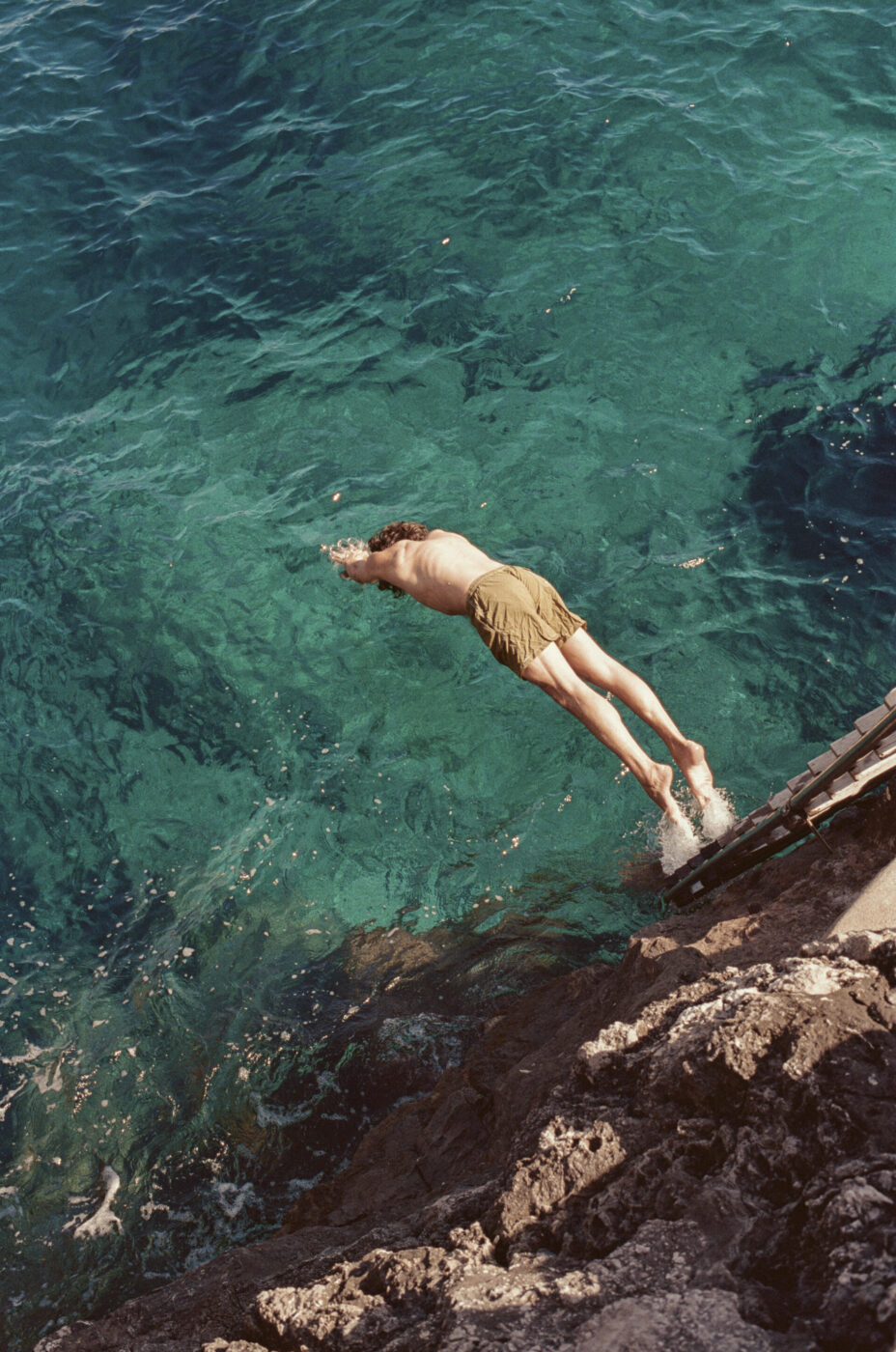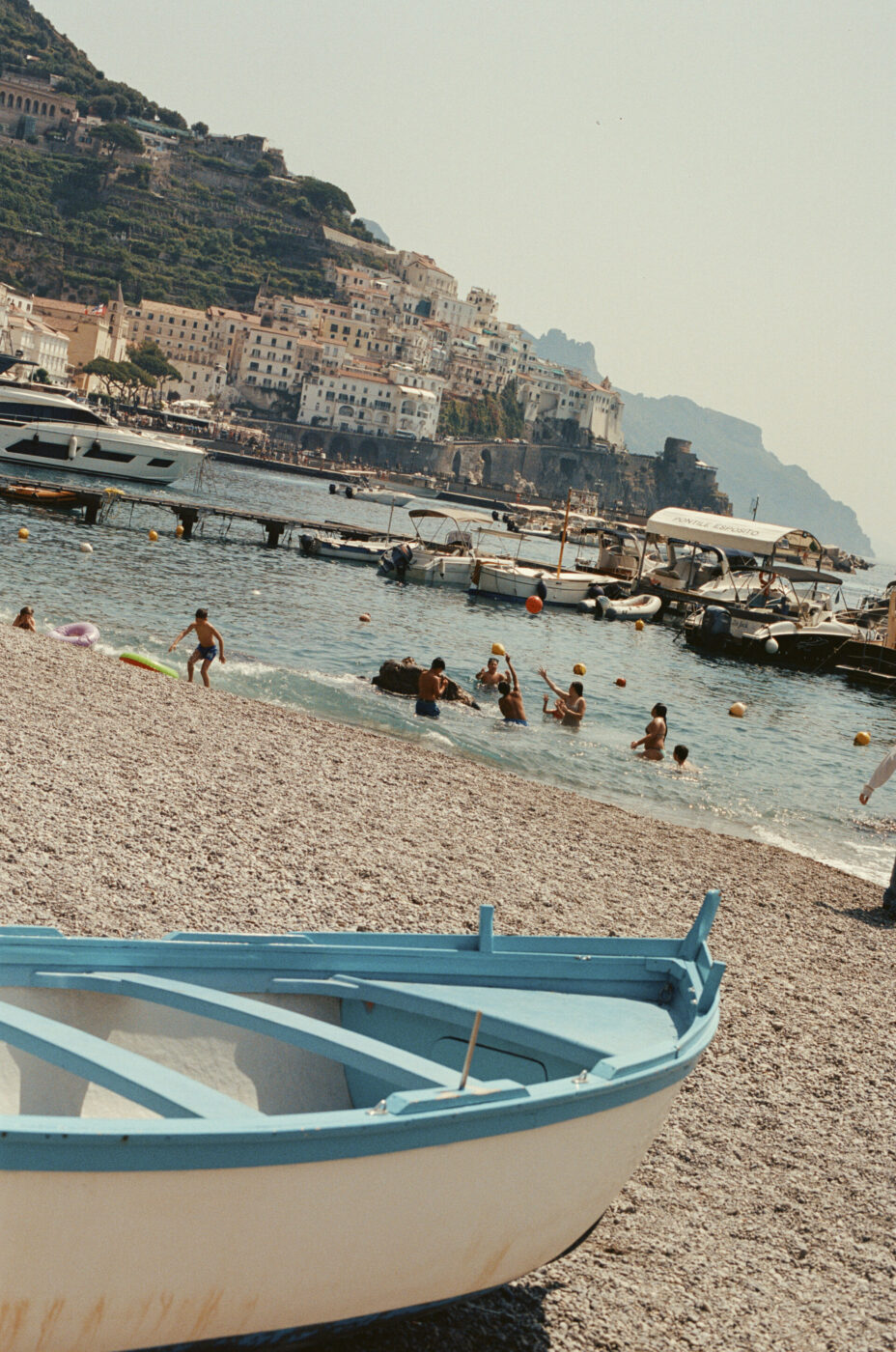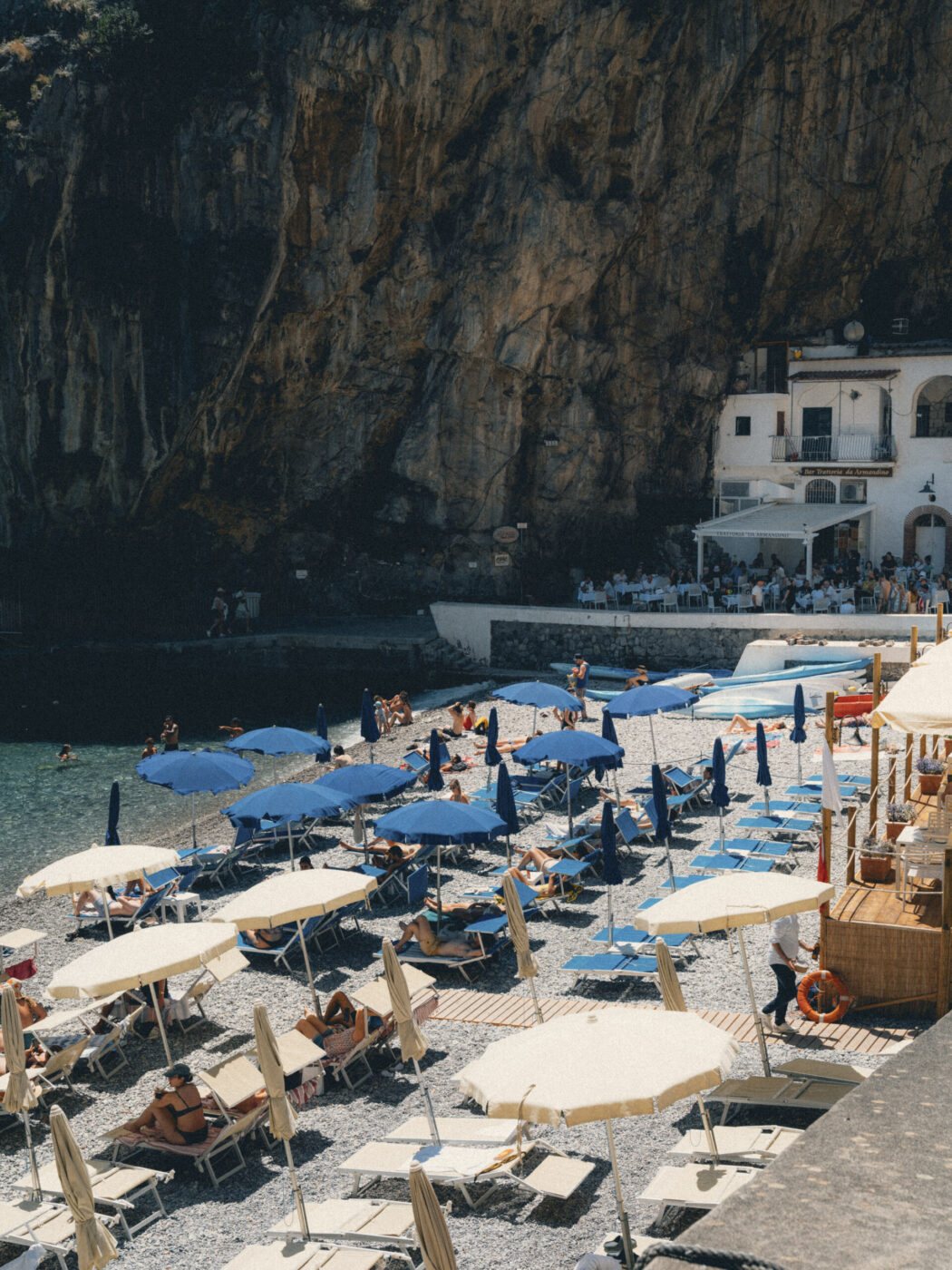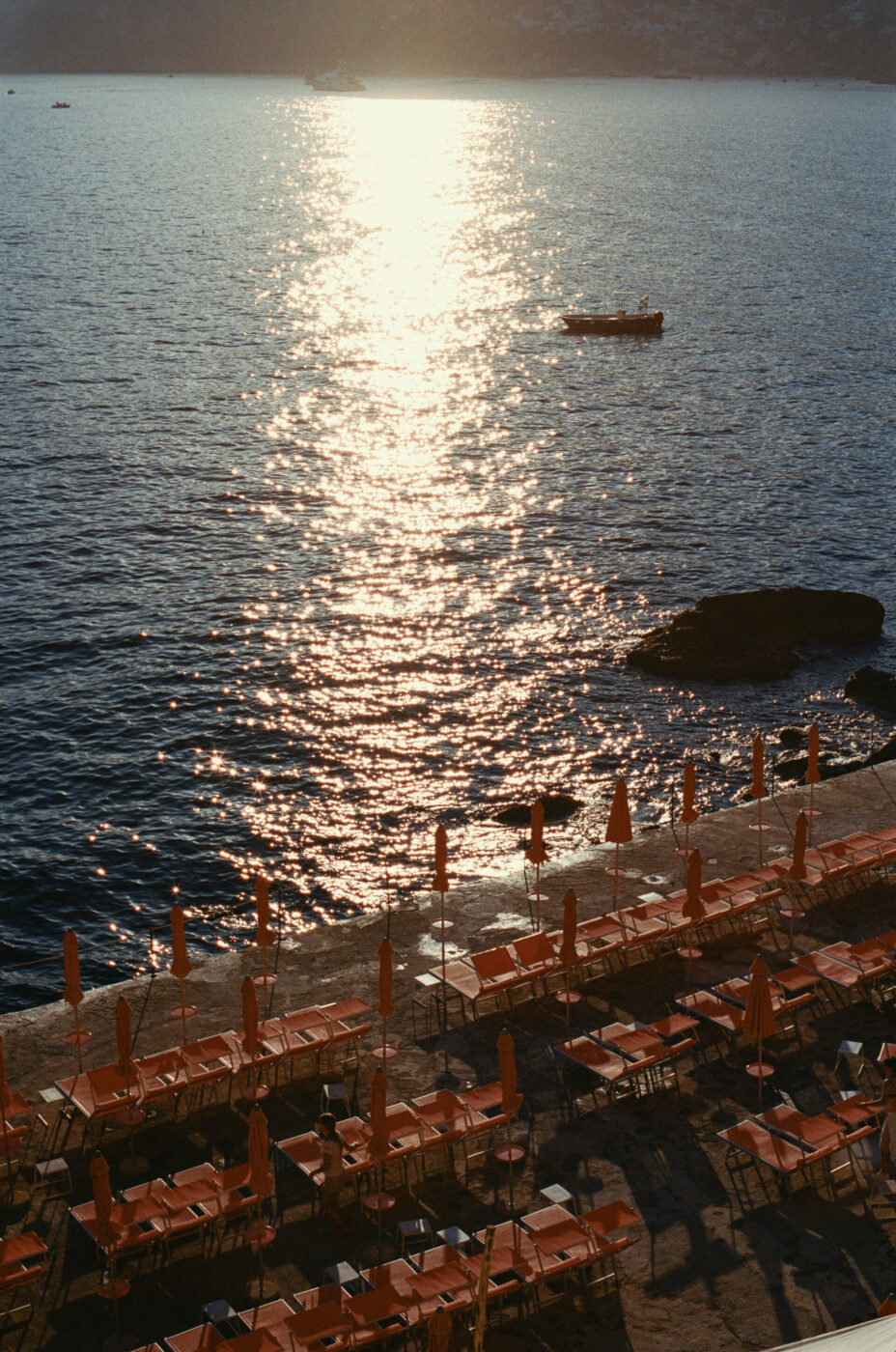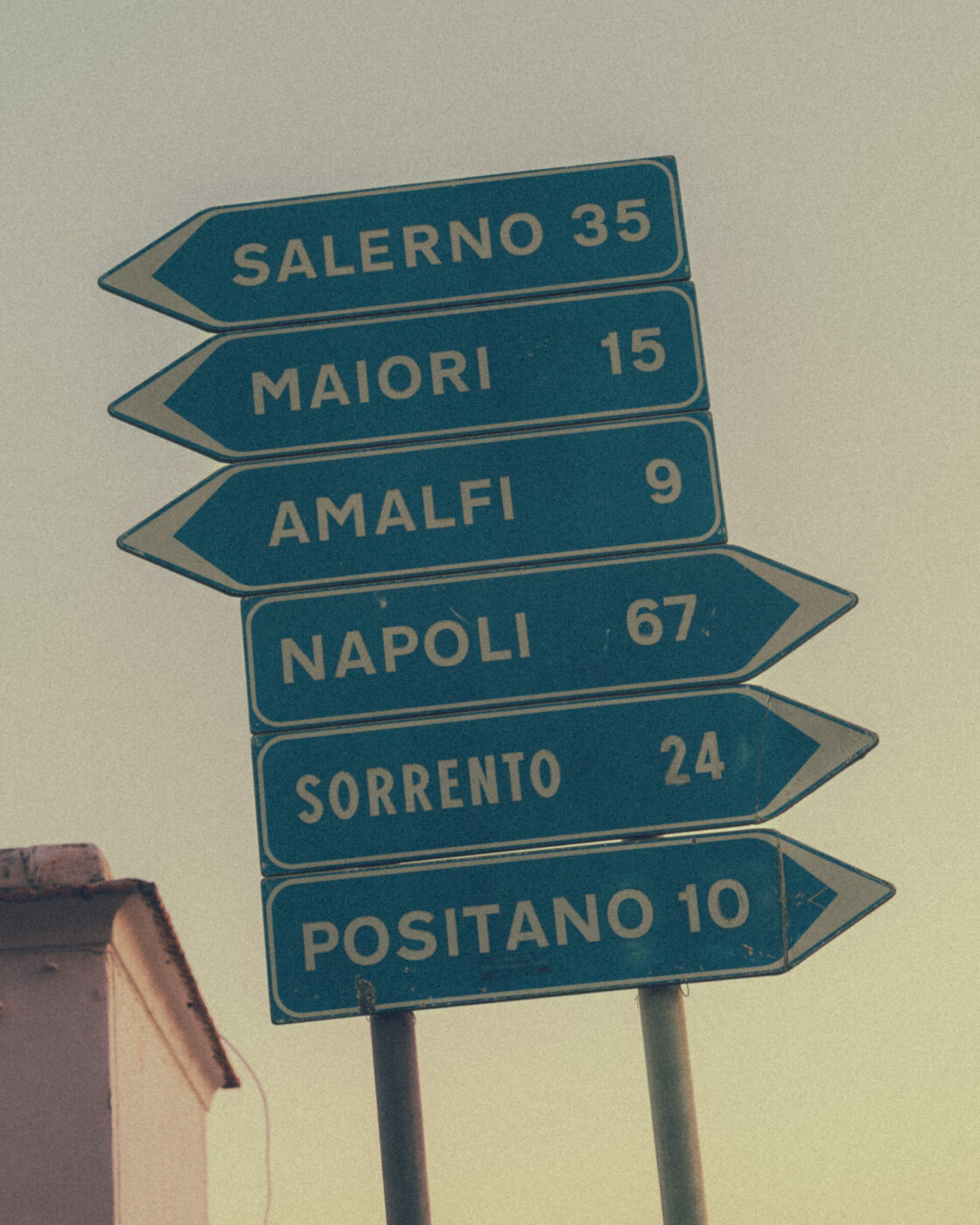Yes, the Amalfi Coast is overrun. Yes, parts of it will make you want to flee the selfie sticks. But it’s also still one of the most absurdly beautiful places on earth—if you know when (and how) to approach it. Skip high summer if you can; come in April, May, or late September, when the sea is warm, the air has lost its oppressiveness, and the pace finally feels human.
If you’ve only got 48 hours, you won’t see everything—and you shouldn’t try. The goal is not to race from sight to sight, but to carve out time for the experiences that made the coast so popular in the first place: a morning on the water, a walk through the lemon terraces, a long lunch by the sea with your toes in the sand. So, consider this your starting point.
Where to Stay: Casa Privata (Praiano)
With just seven spacious rooms, this former fisherman’s house turned into a private villa by owner Rosa feels impossibly serene. Each room has its own style and mood, but the real magic lies outdoors. Layered, terraced gardens lead down to a rare stretch of rocky shoreline with direct sea access—one of the few places along the coast where you can recline on the rocks or dive straight into the water. There are lounging spots tucked into every level of the property: down by the sea, by the pool with its endless views, or under the lemon trees in the 5,000-square-meter garden. The picture is complete with a fine-dining restaurant and the constant presence of misty cliffs unfurling toward the horizon.
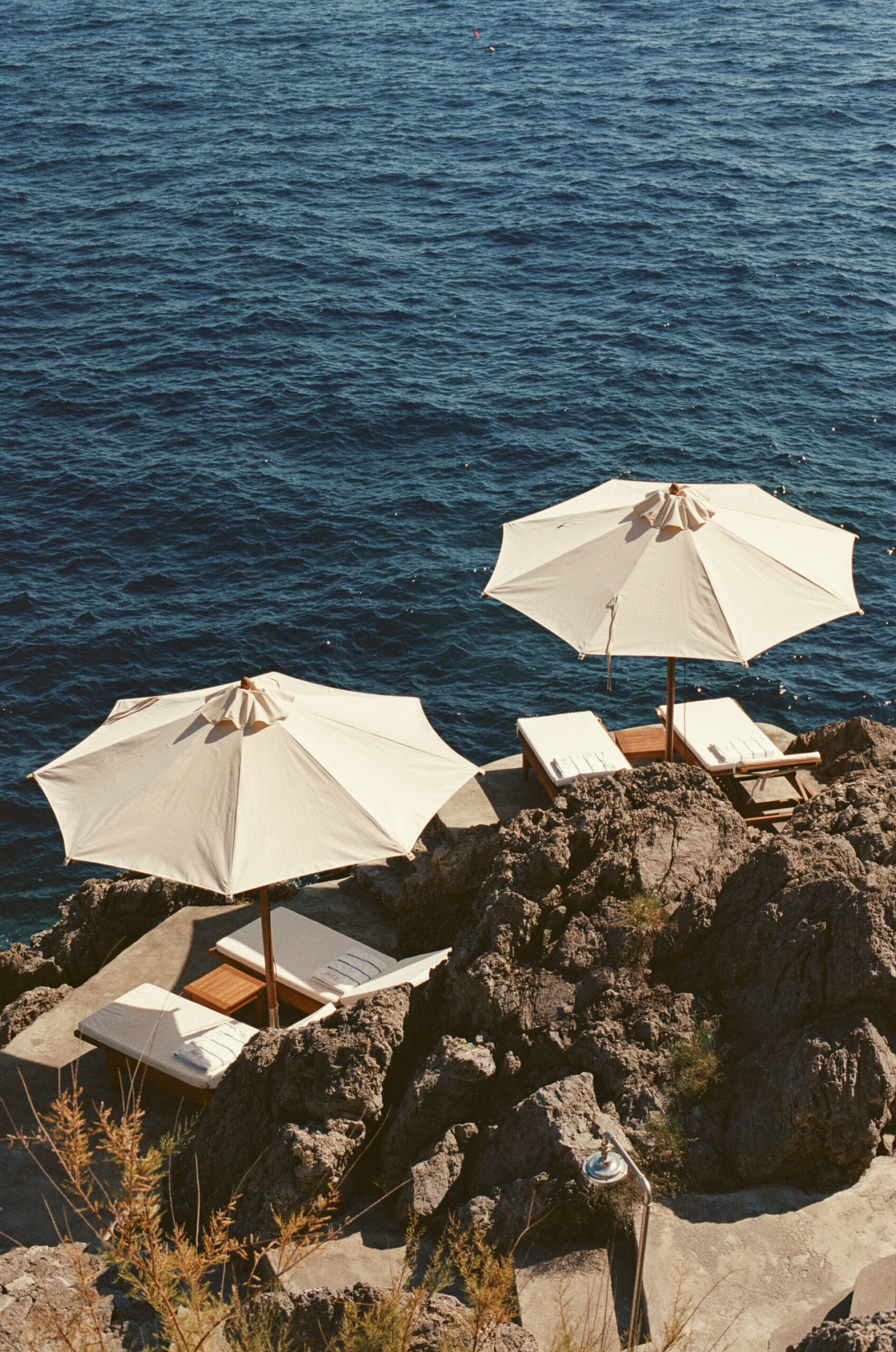
Casa Privata
DAY 1: PRAIANO & PRODUCERS
Morning:
Start your day by taking in the views from Piazza San Gennaro in Vettica Maggiore, Praiano’s most spectacular square. Paved in colorful, flower-patterned tiles, the piazza is crowned by the Chiesa di San Gennaro—a 16th-century Baroque church with a majolica-clad dome. From here, the views stretch out across the Gulf of Salerno all the way to Capri. If you’re lucky enough to visit in early August, you might catch the Festival of San Domenico, during which over 2,000 candles are arranged across the piazza’s tiled floor and the church steps, creating intricate patterns that flicker against the night sky.
Lunch:
For pranzo al mare, get to La Tonnarella (Conca dei Marini), one of the coast’s more low-key spots for a swim and a proper seaside lunch. On a tiny, pebbled beach at the foot of the cliffs—accessible by boat or a steep scramble down from the road—the restaurant has no reservations and no frills: just plastic chairs in the sand, pitchers of cold wine with peaches, and plates that lean simple and perfect. Order the gamberetti sale e pepe (tiny shrimp fried with salt and pepper), a plate of local tomatoes, moscardini fritti (fried baby octopus), and paccheri allo scorfano (scorpion fish pasta). Chow down on peaches for dessert.
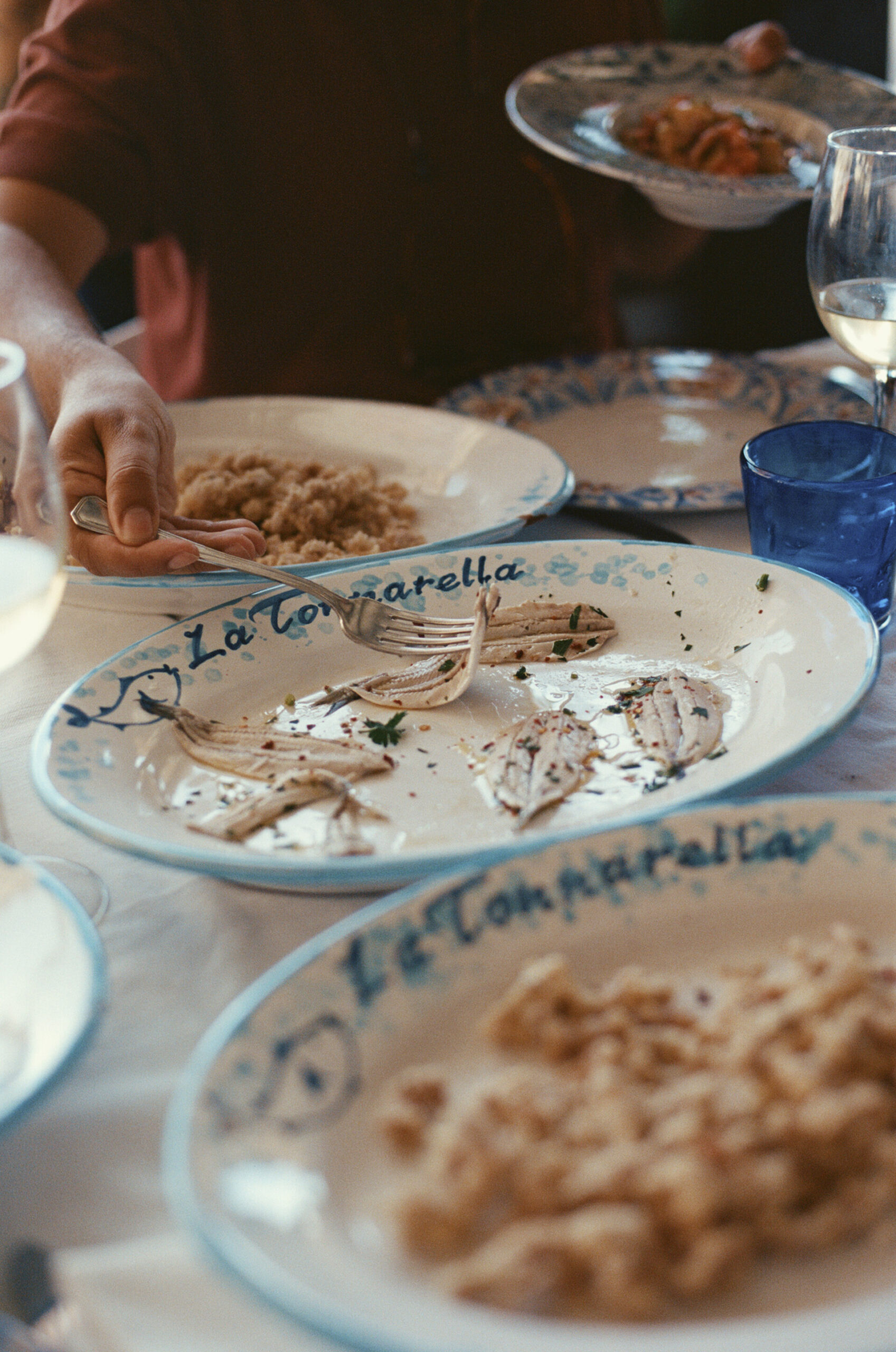
La Tonnarella
Afternoon:
Head to Ravello for a visit at Caseificio Staiano, a small, family-run dairy where you can stock up on the coast’s freshest cheeses—fior di latte, scamorza, provola—all made using time-honored techniques. If you plan ahead, you can even catch a glimpse of the cheese-making process, or hop in on the action yourself, warm curds being stretched by hand, the room thick with the scent of milk and salt.
Descend back towards the coast and take the Passeggiata dei Limoni, a scenic footpath that winds through the steep, terraced lemon groves between Maiori and Minori. Your destination is Agricola Ruocco’s, a multi-generational family farm in the hills above Minori. Here, the Ruocco family has been growing the prized sfusato amalfitano lemon for decades, using traditional pergola-covered terraces that define the coastal landscape. Book a tour through the groves to learn about the art—and the labor—behind these iconic lemons, from hand-harvesting to IGP protections. The visit ends with a generous tasting: expect limoncello, marmalades, fresh lemon granita, olive oil infused with lemon, and more.
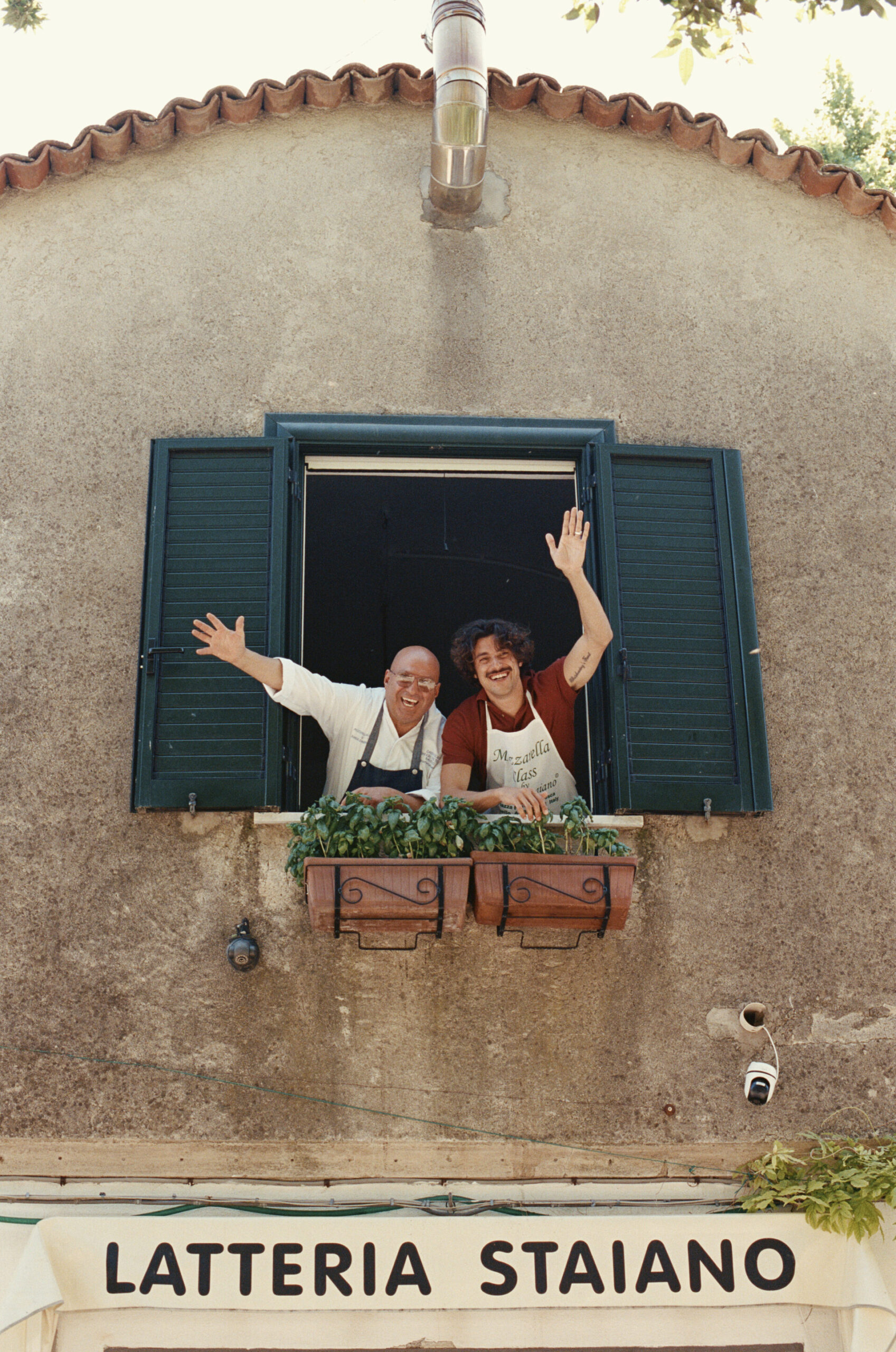
Caseificio Staiano
Aperitivo:
Make your way back to home base (Praiano), where halfway down a cliffside road not even wide enough for a Fiat 500 (you must go on foot), you’ll find Caffè Mirante. This blink-and-you’ll-miss-it aperitivo stand offers staggeringly good views, friendly service, and drinks infused with whatever’s in season—think lemony spritzes and cocktails brightened with basil and rosemary clipped straight from the terrace garden. As the sun melts into the sea, every seat becomes the best seat in the house.
Dinner:
Walk down to Trattoria Da Armandino (Marina di Praia), the kind of place where you’ll kick off your shoes before the first plate hits the table. In a tiny, emerald cove beneath sheer cliffs, Da Armandino is one of the few true feet-in-the-sand trattorias on the Amalfi Coast. Since 1986, it’s been serving exactly what you want to eat by the sea: fish caught that morning, vegetables from their garden, cold carafes of local white. Come for the relaxed, no-frills vibe and stay for the frittura mista, peperonata, and totani (cuttlefish).
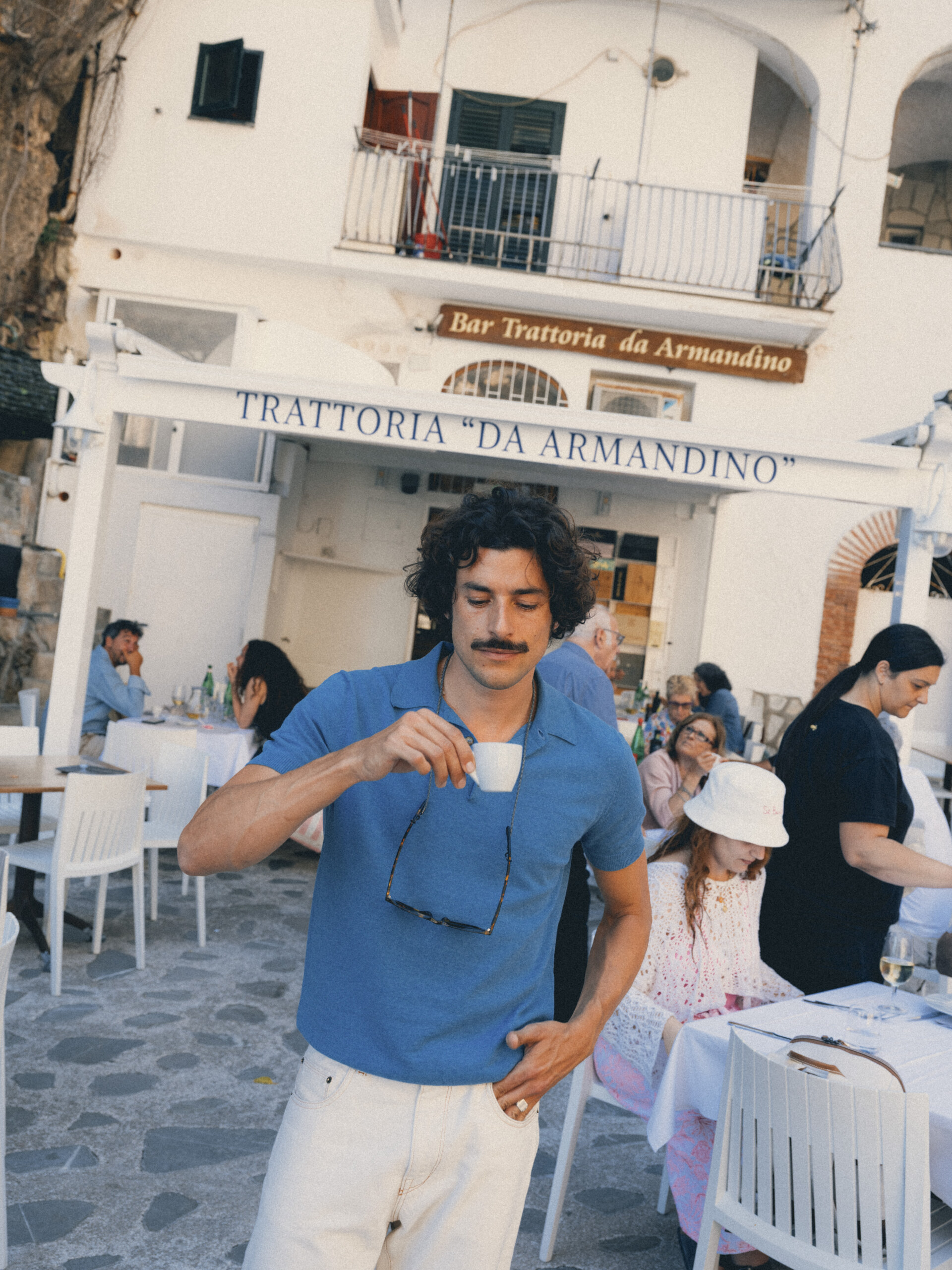
Trattoria da Armandino
DAY 2: ISLANDS & AMALFI
Morning:
No trip to the Amalfi Coast is complete without time on the water. Book a morning cruise with Lucibello Positano and set off while the sea is still calm and glassy. You’ll hug the cliffs and glide past hidden beaches before heading out to Li Galli, a tiny private archipelago of three islands said to be the home of the sirens from Homer’s Odyssey. Over the years, it’s lured its own set of mortals too—Rudolf Nureyev once owned the largest island, transforming it into a secluded dance retreat. Note that the islands aren’t open to the public, so you won’t be able to dock.
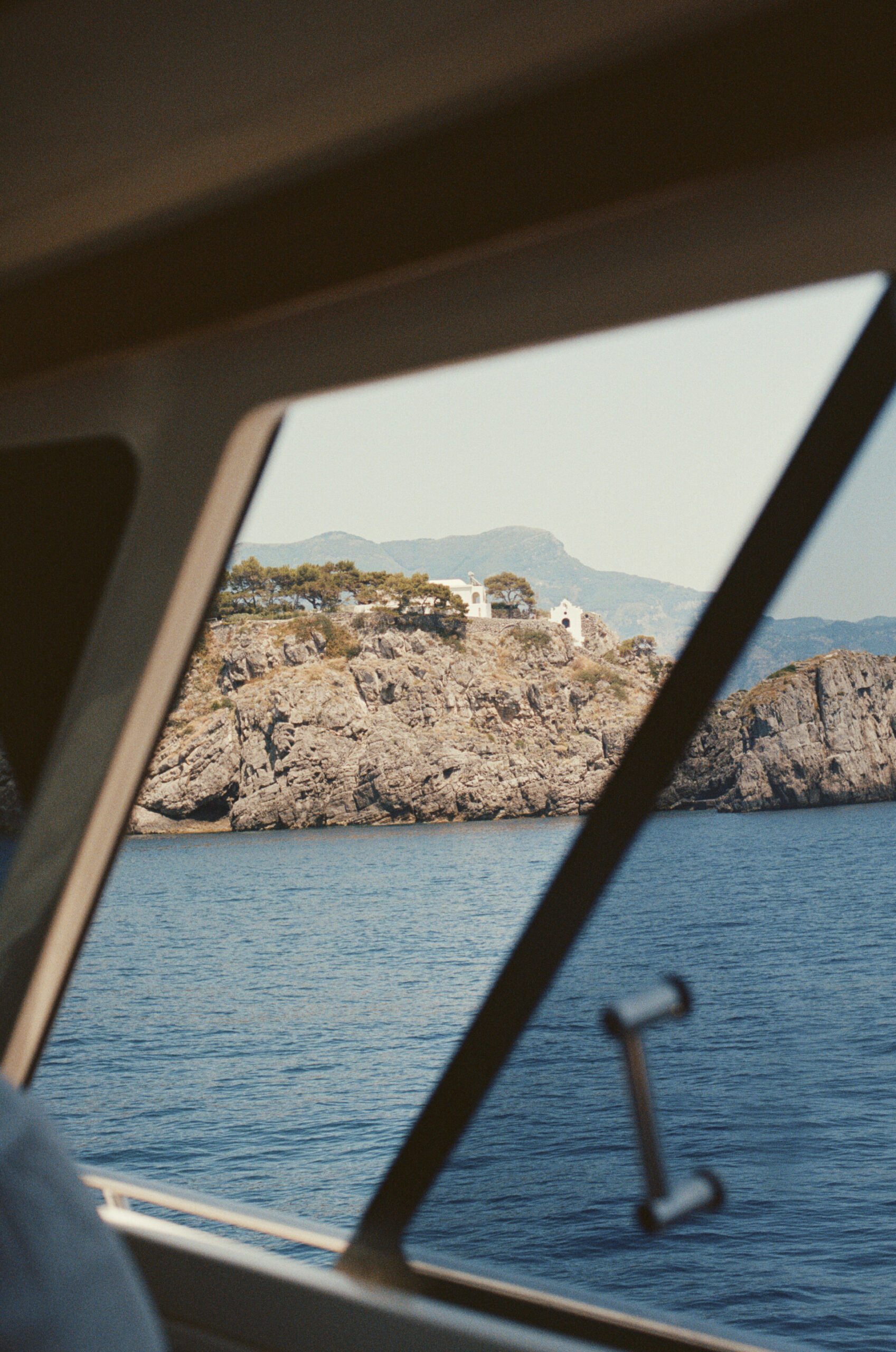
Lunch:
Try Ristorante Da Teresa for a long lunch with your feet in the sand and a bottle of Falanghina on ice. Set on the hidden Santa Croce beach just west of Amalfi, the restaurant offers a free shuttle boat from Amalfi’s main port. Settle in for plates of grilled catch, spaghetti with clams, and towering piles of fried zucchini flowers. After lunch, you can stay and beach under their signature neon orange umbrellas.
Afternoon:
You could skip Amalfi, but not its duomo (Cattedrale di Sant’Andrea), which anchors the town’s central piazza with a bold striped facade and grand staircase. Step inside and you’ll pass through centuries: the delicate Cloister of Paradise lined with Arab-Norman columns; a Baroque nave rich with carved wood and gold; and a crypt said to house the relics of St. Andrew, Amalfi’s patron saint. It’s a heady mix of styles and centuries—Byzantine, Gothic, Baroque—all telling the story of Amalfi’s former glory as a maritime republic.
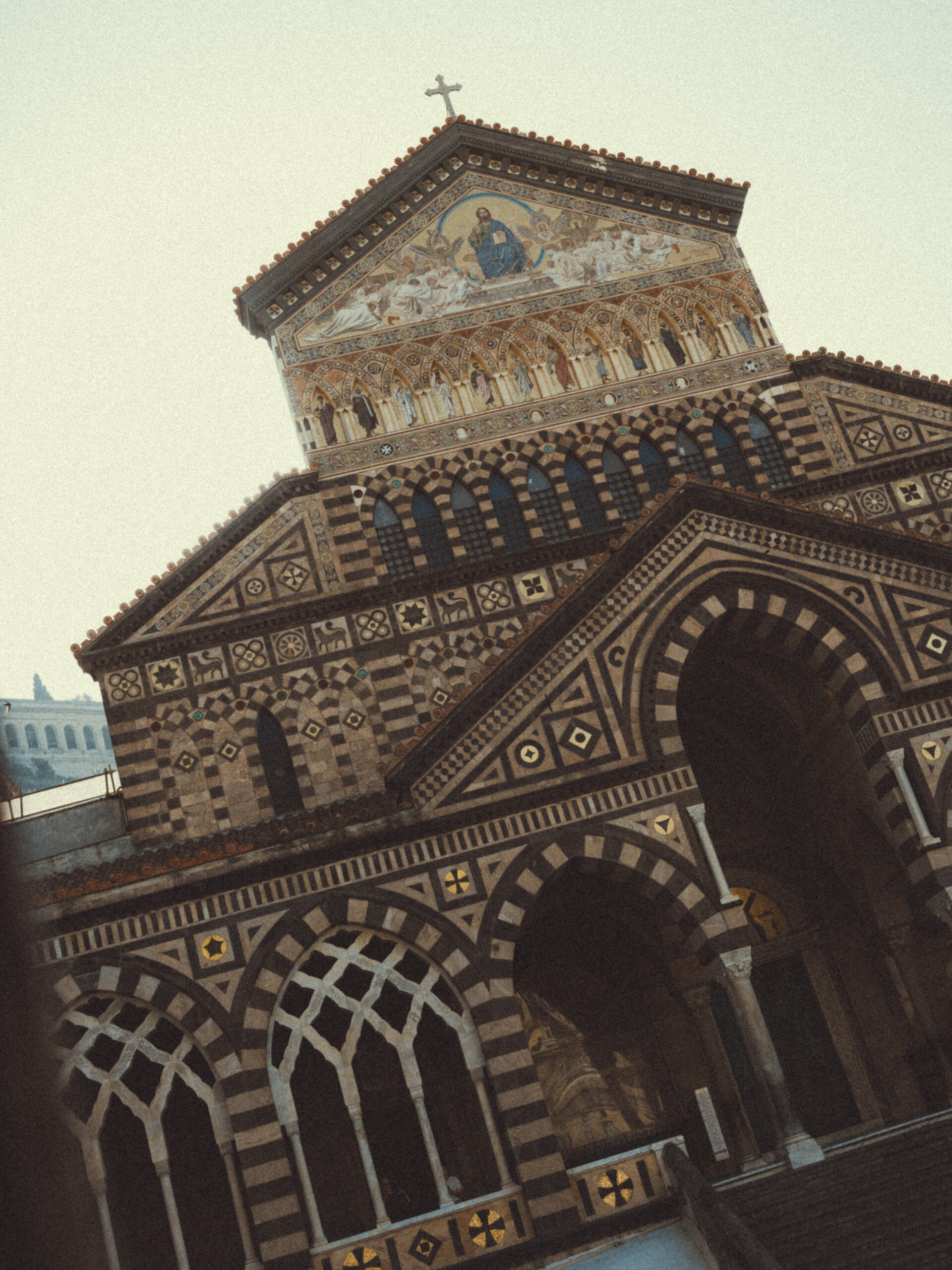
Duomo di Amalfi
Stop for a coffee and a sweet at Pasticceria Pansa, just around the corner. Family-run since 1830, Pansa is one of the oldest and most beloved pastry shops on the coast—its gilded mirrors and 19th-century decor have lured everyone from Richard Wagner to Salvatore Quasimodo, though today you’ll find as many locals as tourists queuing for a sweet treat. It’s especially famous for its delizia al limone—a cloud-like dome of sponge cake soaked in lemon liqueur and filled with silky lemon cream. Alternatively, go for the pasticciotto or a granita di caffè (with lemon peel)—the ultimate midday revival before diving back into the Amalfi sun.
If you have time, visit Atrani, one town over from Amalfi and Italy’s smallest municipality with a land area of 12 hectares (30 acres) and a population of approximately 832. Once a retreat for Amalfi’s nobility, the town has preserved its original medieval layout—a dense, whitewashed tangle of alleys, vaulted passageways, and steep staircases (you may recognize the setting from 2024’s Ripley). In the heart of town, Piazza Umberto I opens directly onto the beach and is a great place to get a sense of life here.

Pasticceria Pansa
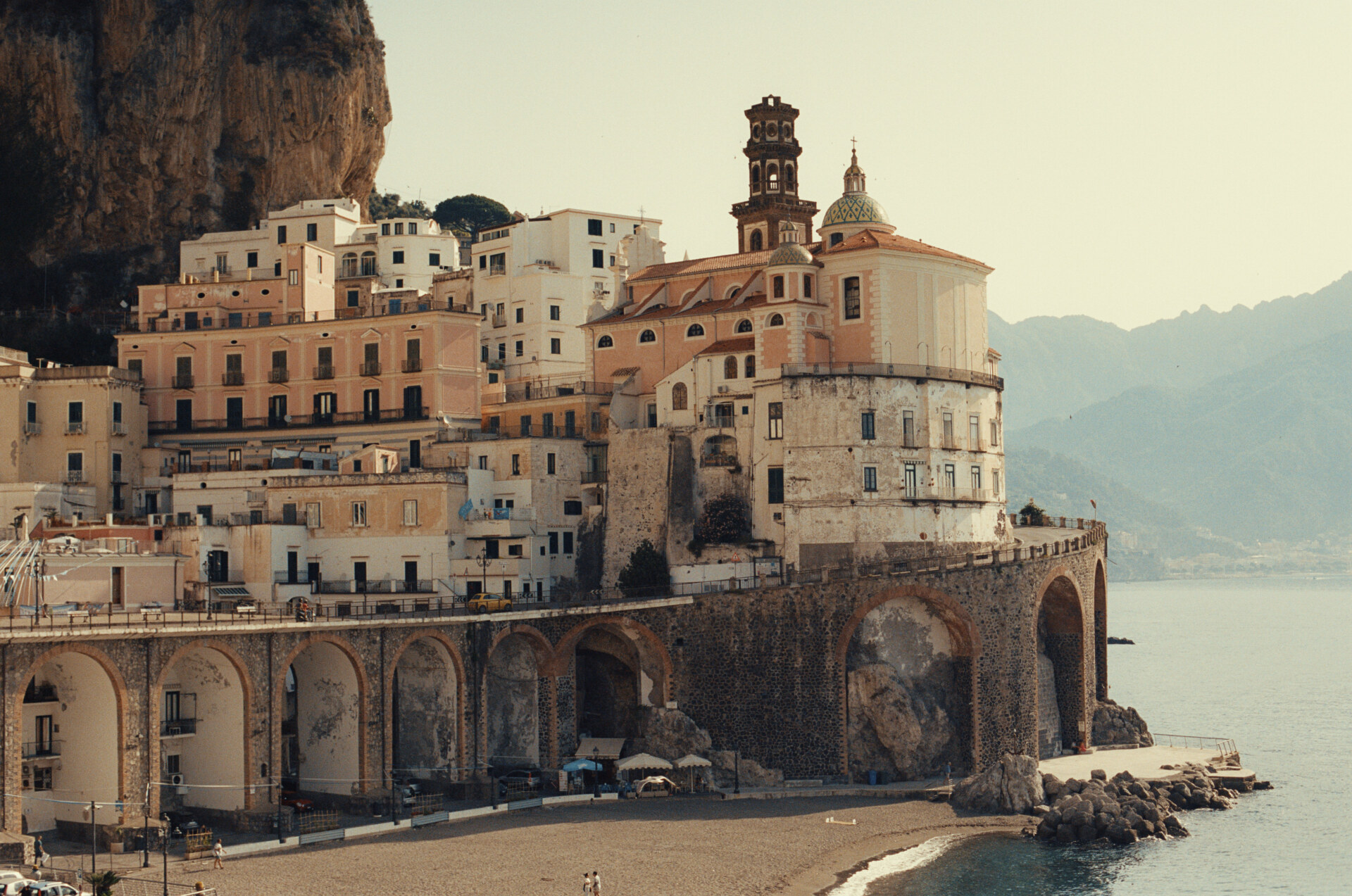
Borgo di Atrani
Evening & Dinner:
You don’t need to be a guest of Anantara to enjoy this former 13th-century Capuchin monastery perched above Amalfi. Wander the original cloister and the Passeggiata dei Monaci—a panoramic path tracing the cliffside, once used by monks to reach town. Afterward, settle in for dinner on their terrazza belvedere, where Locanda della Canonica serves grill-driven Campanian cooking—fish, meat, and vegetables all get the proper treatment—alongside gourmet pizzas.
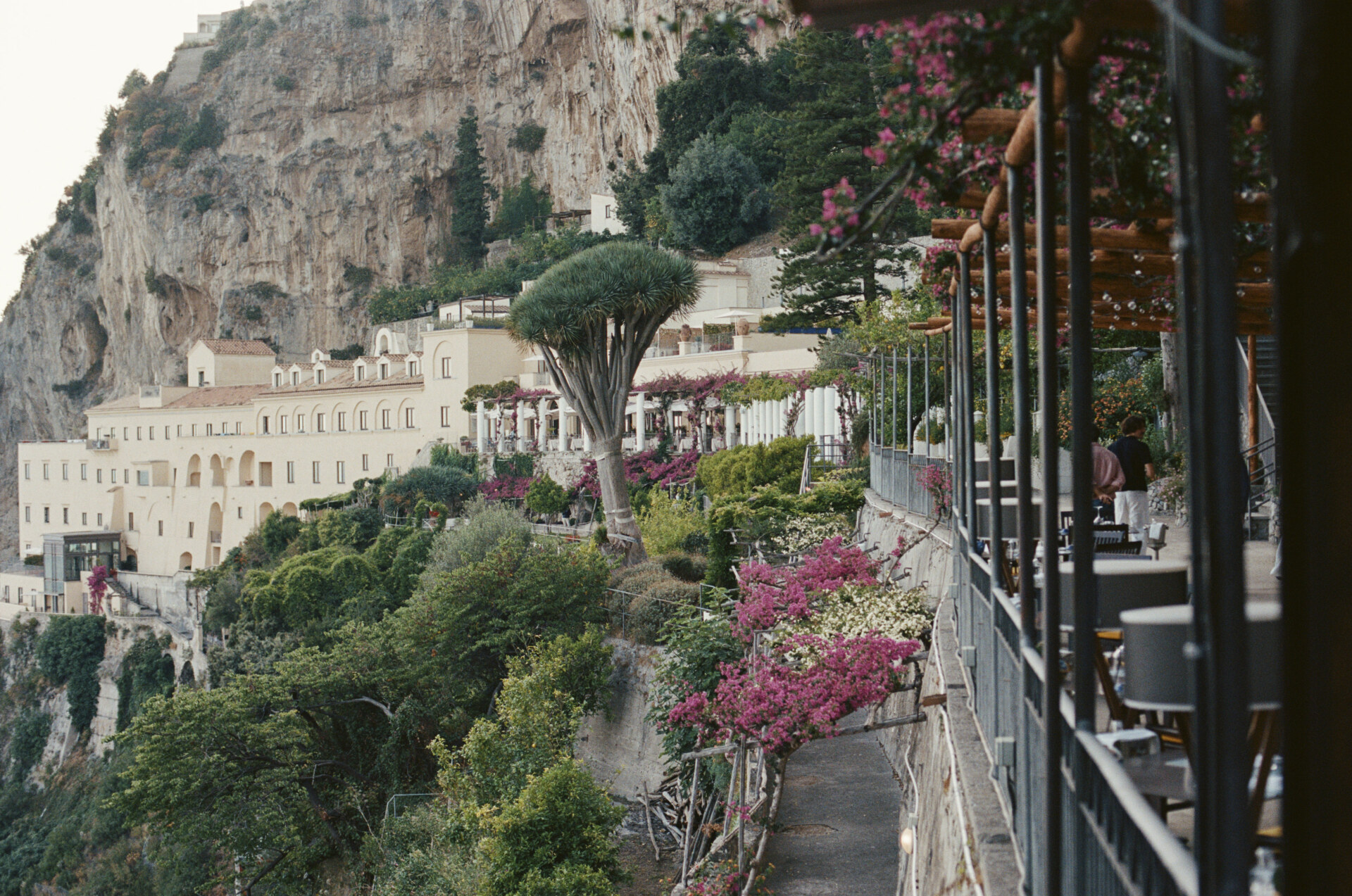
Anantara
